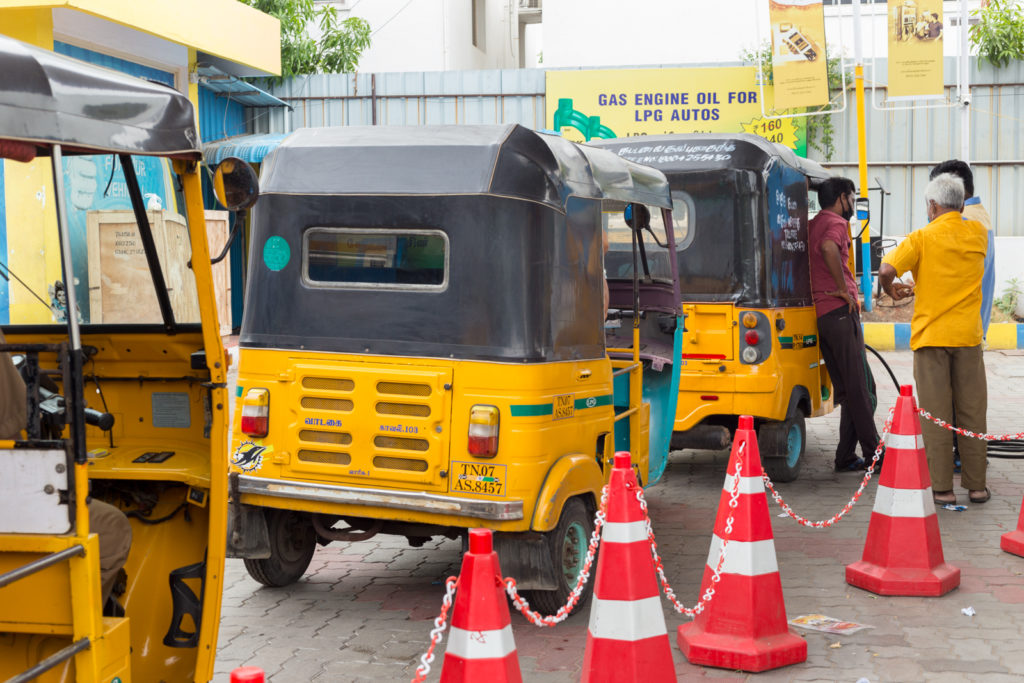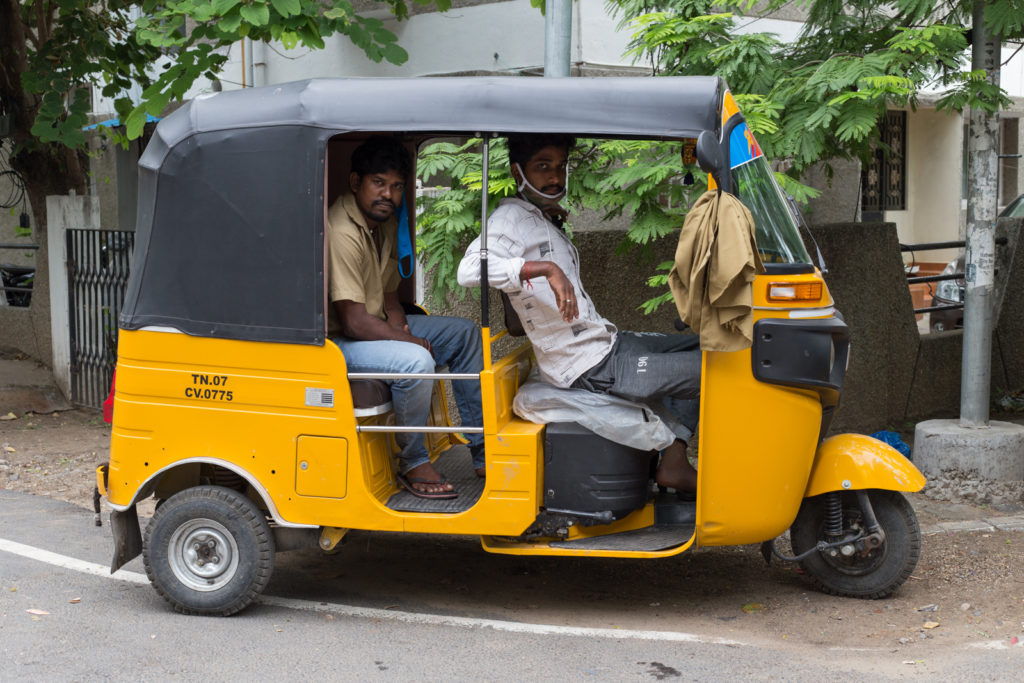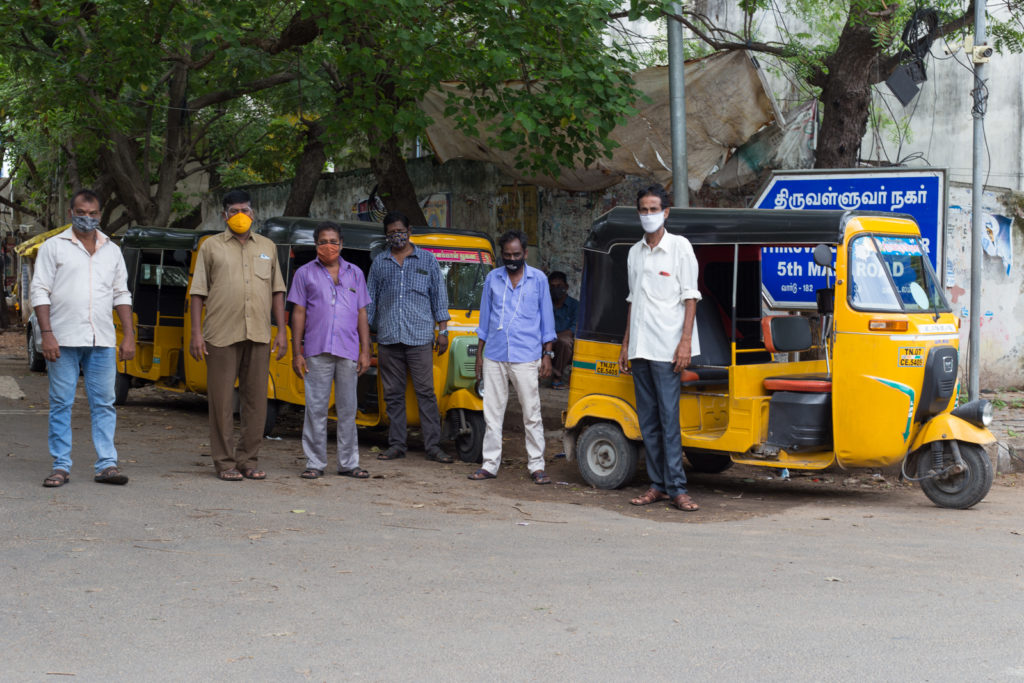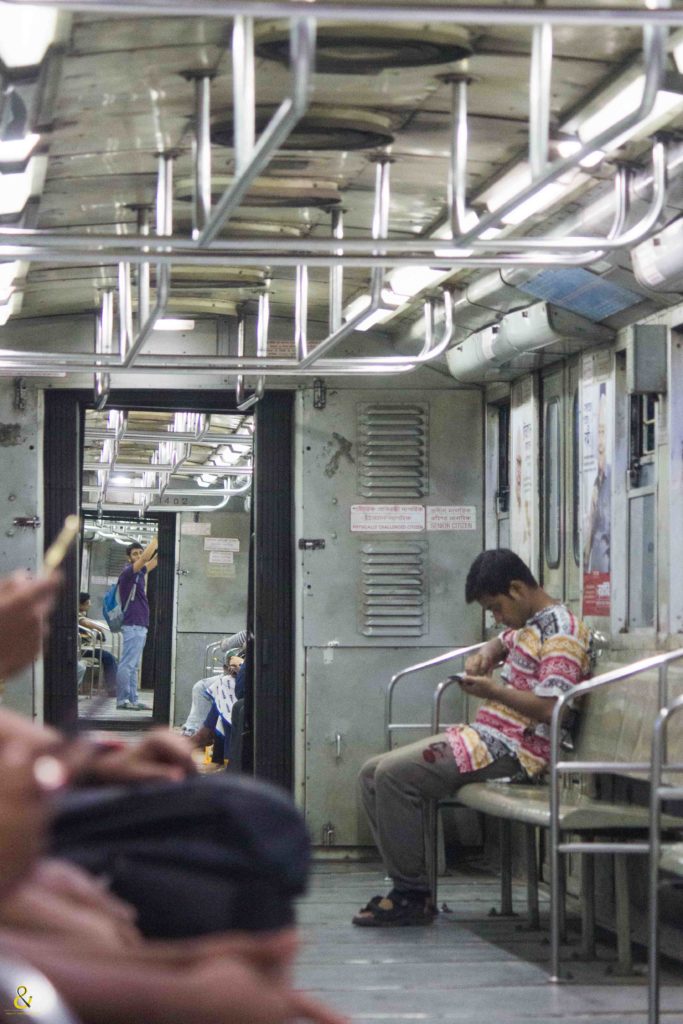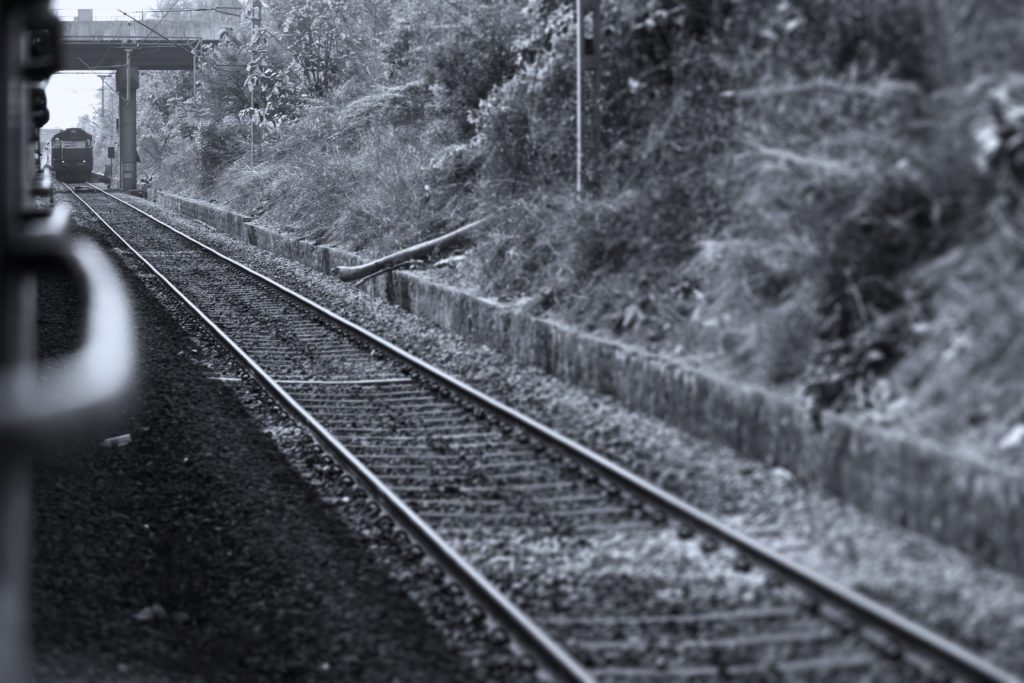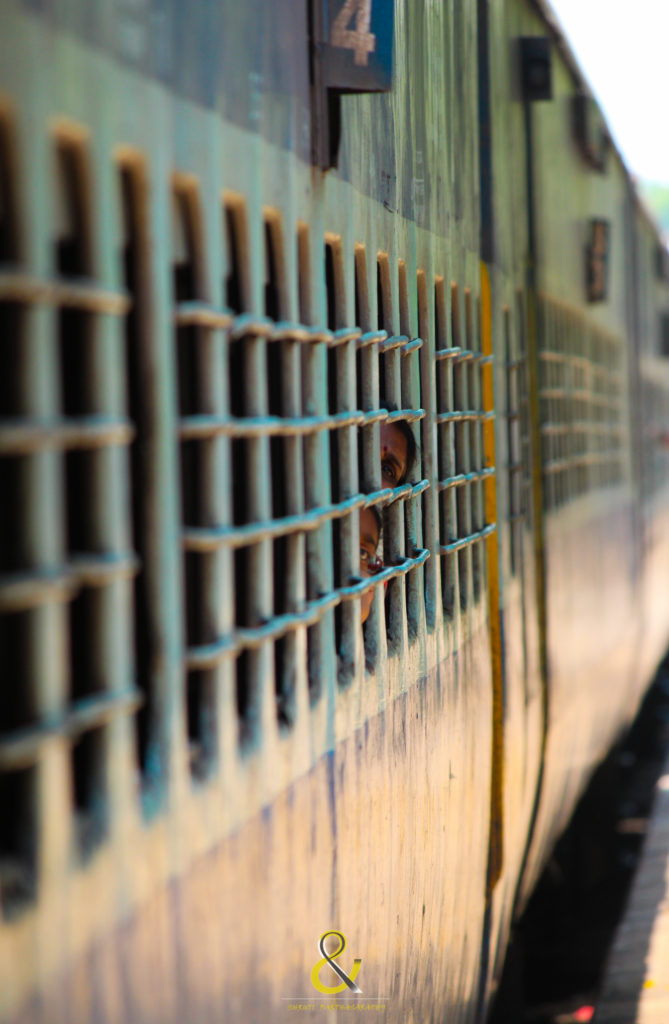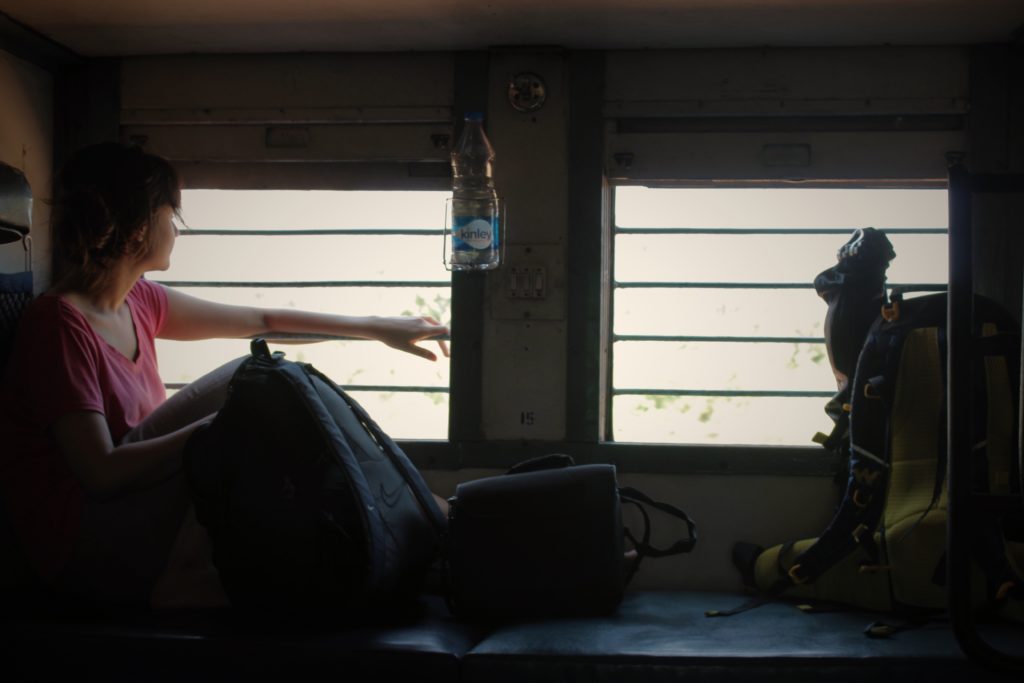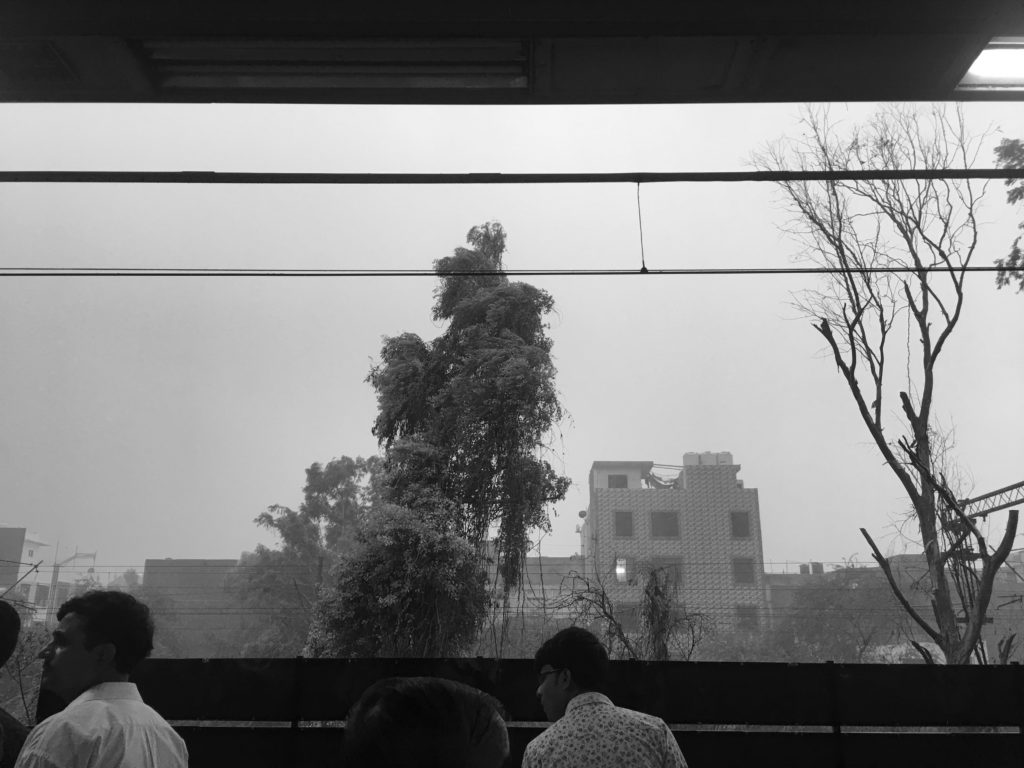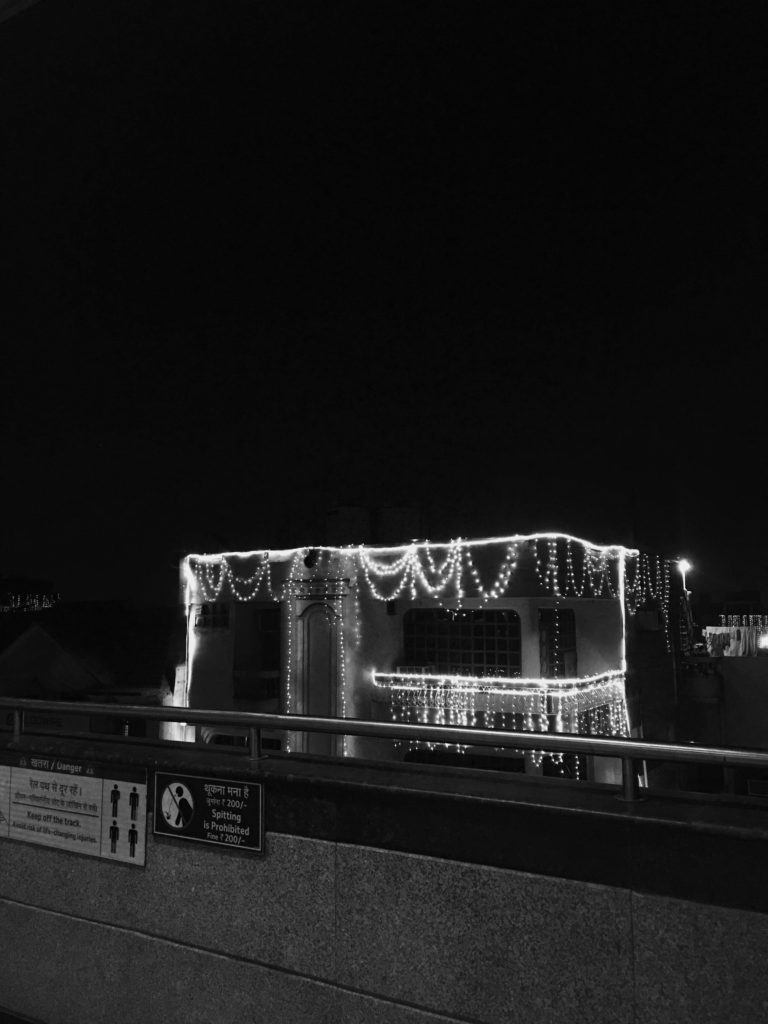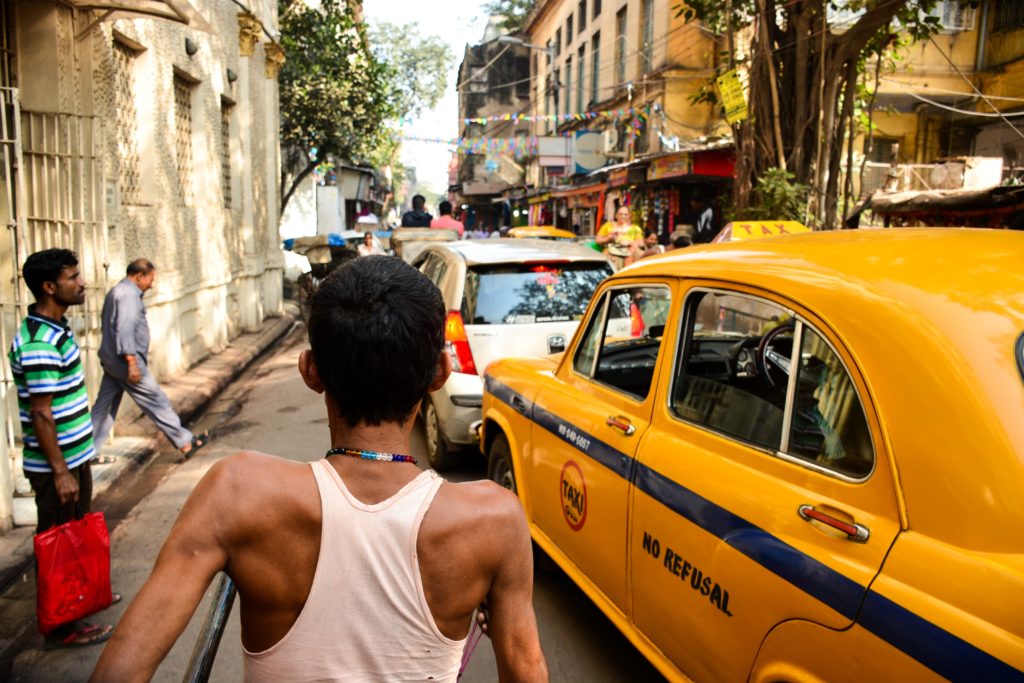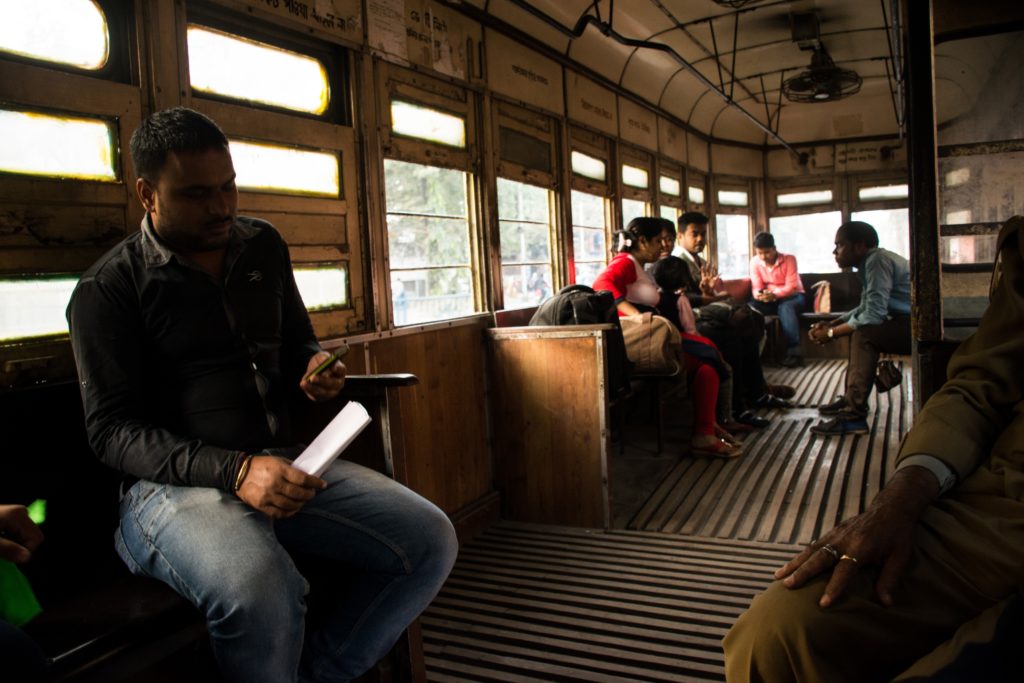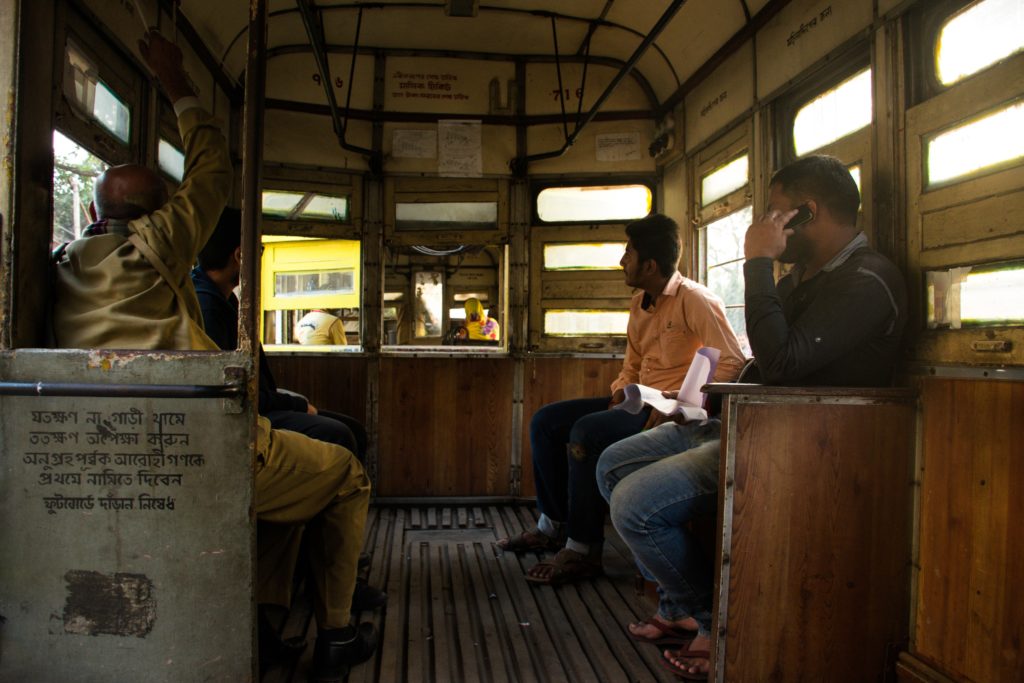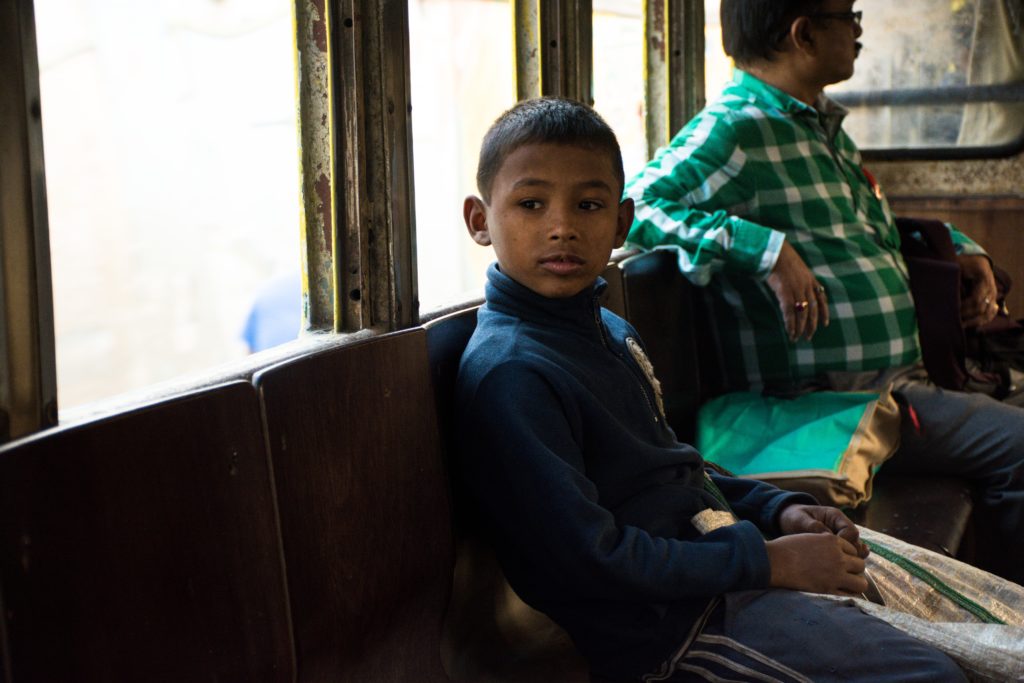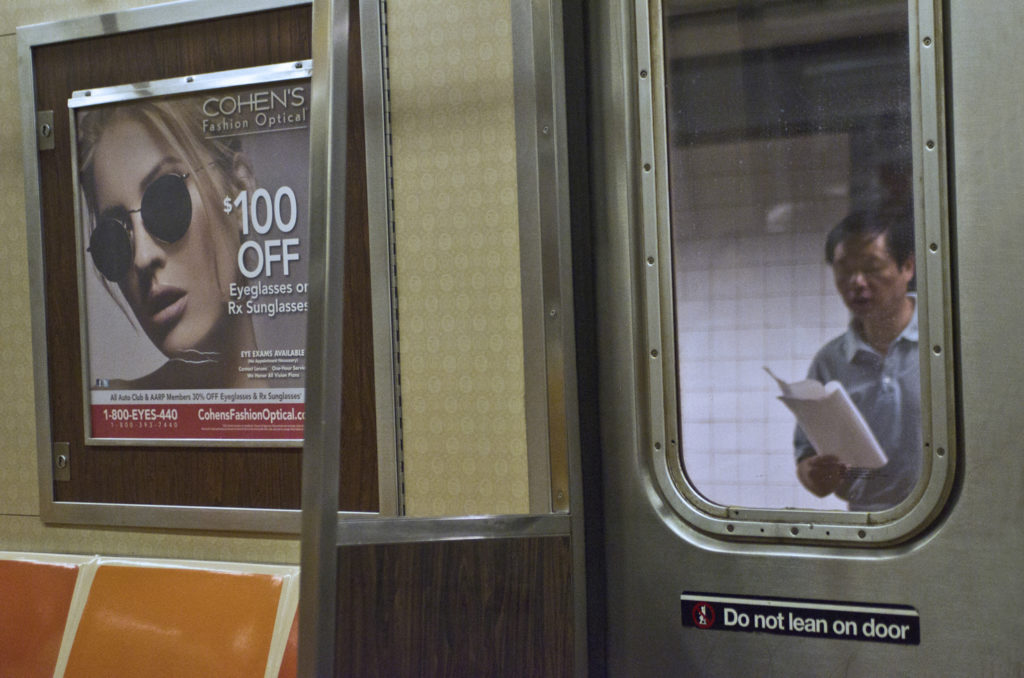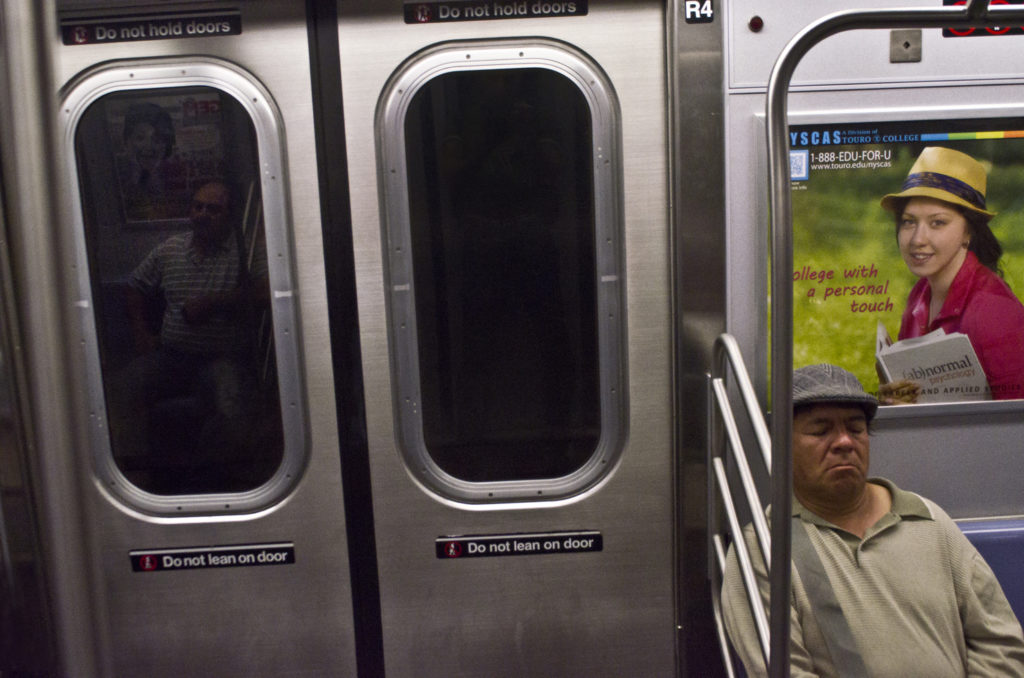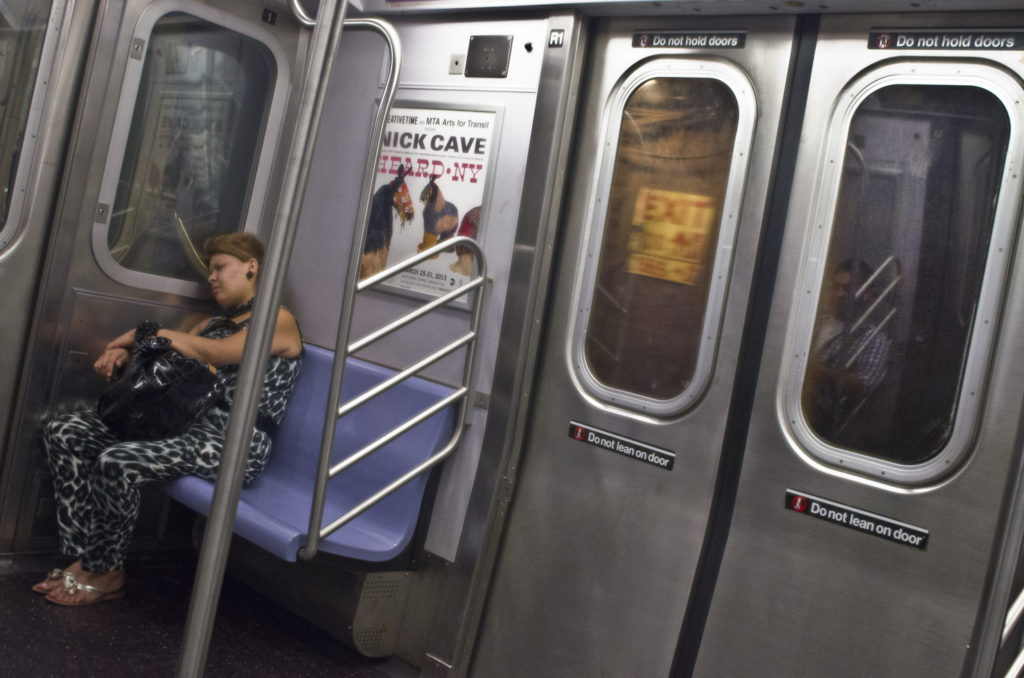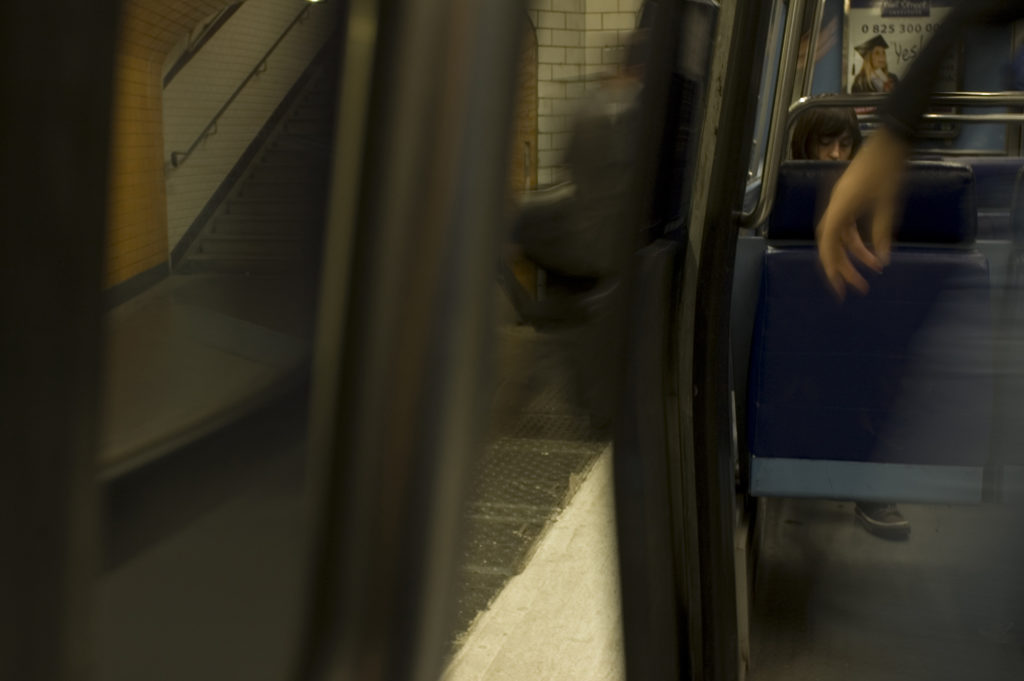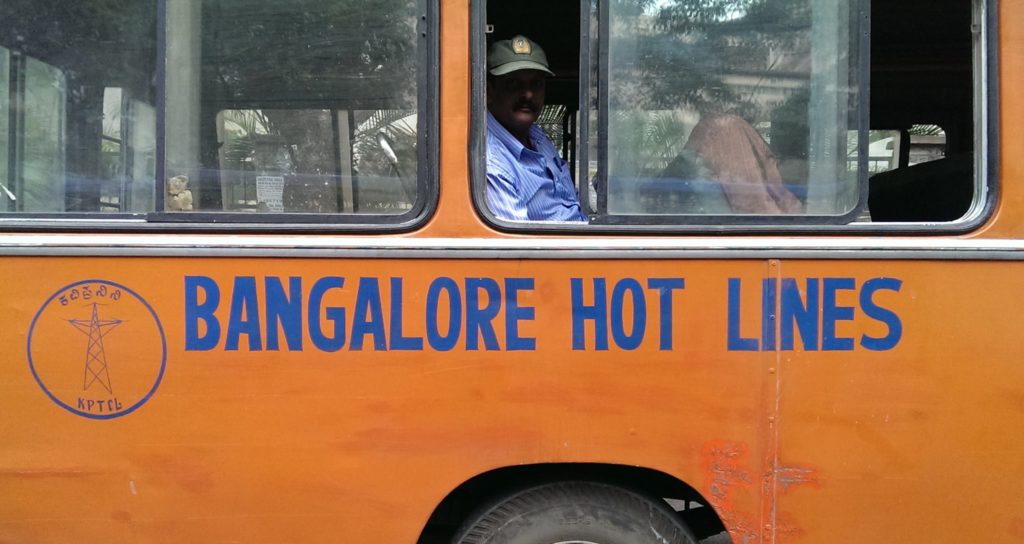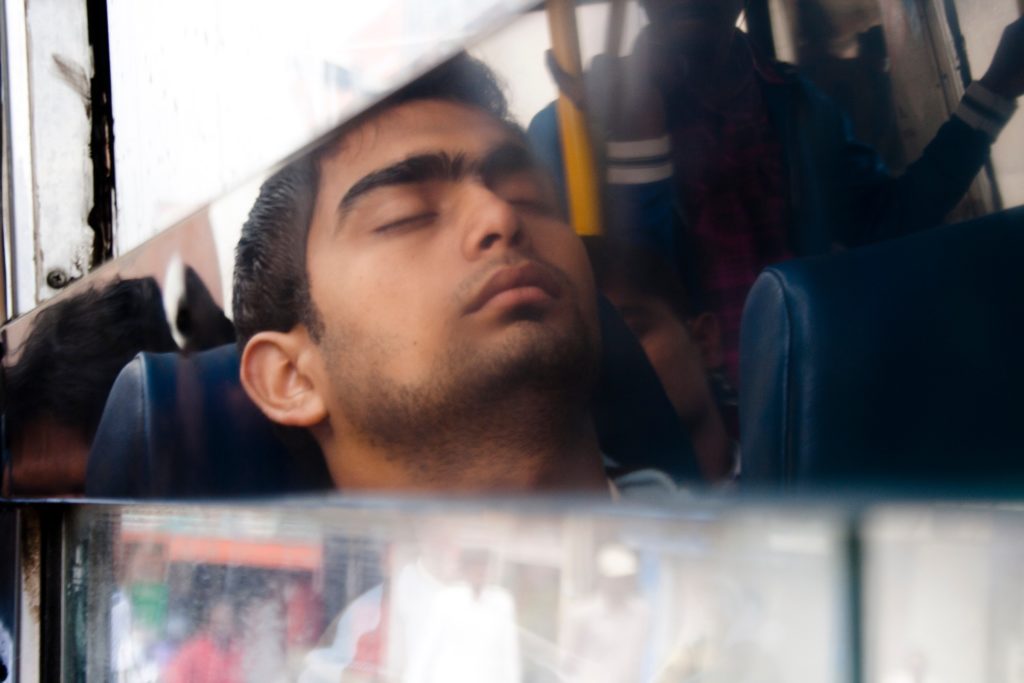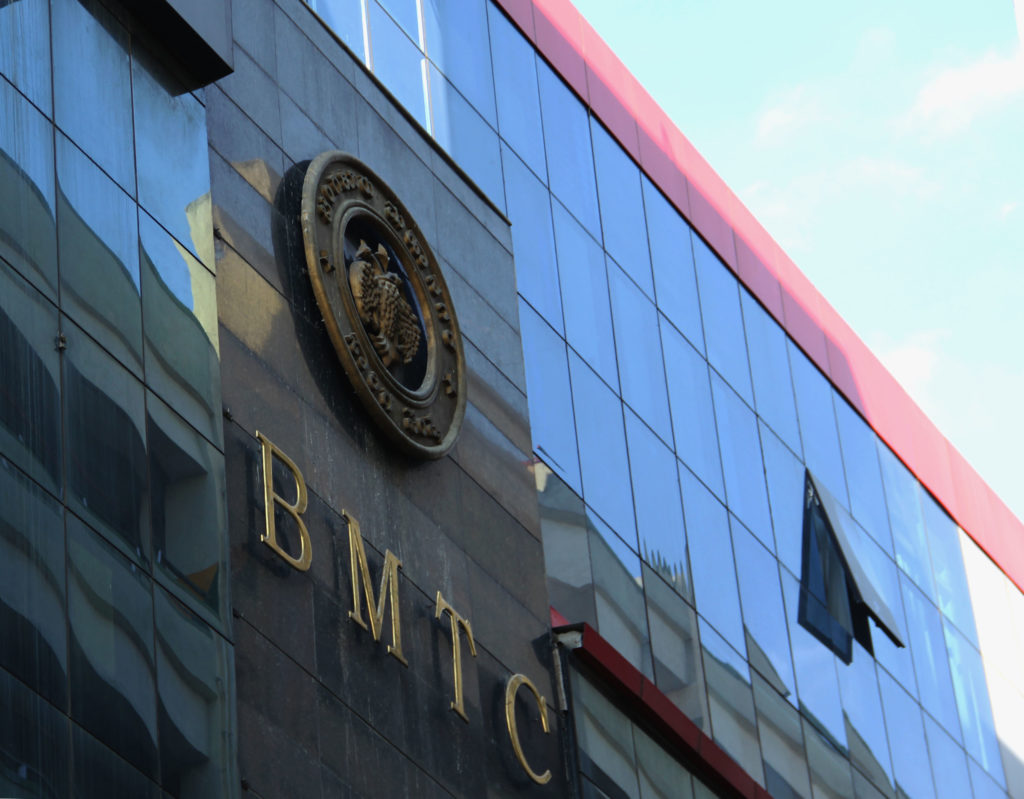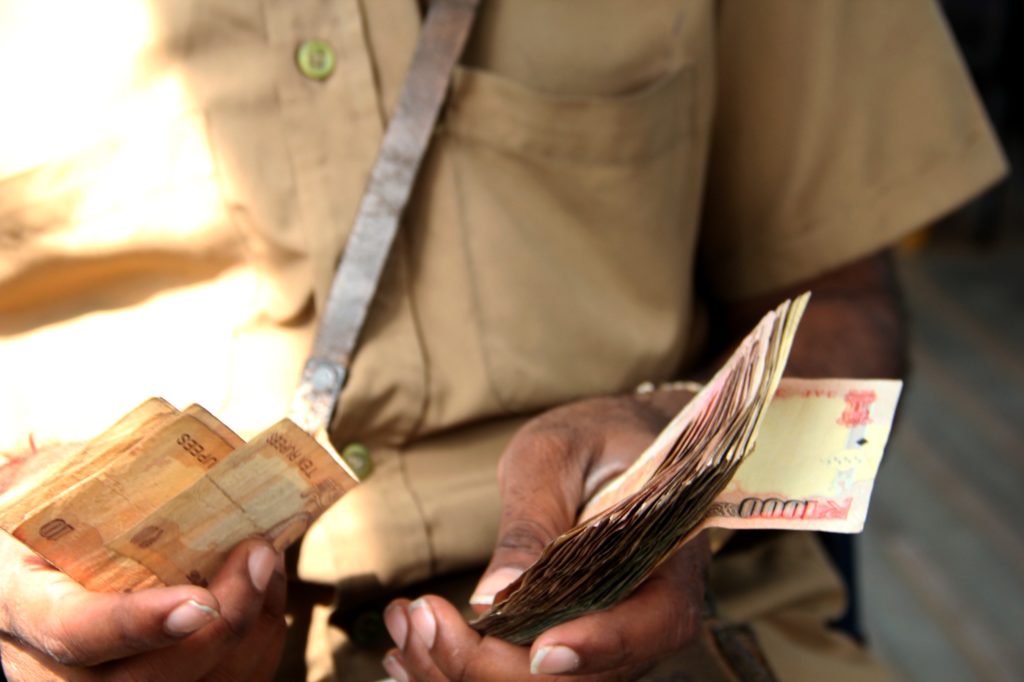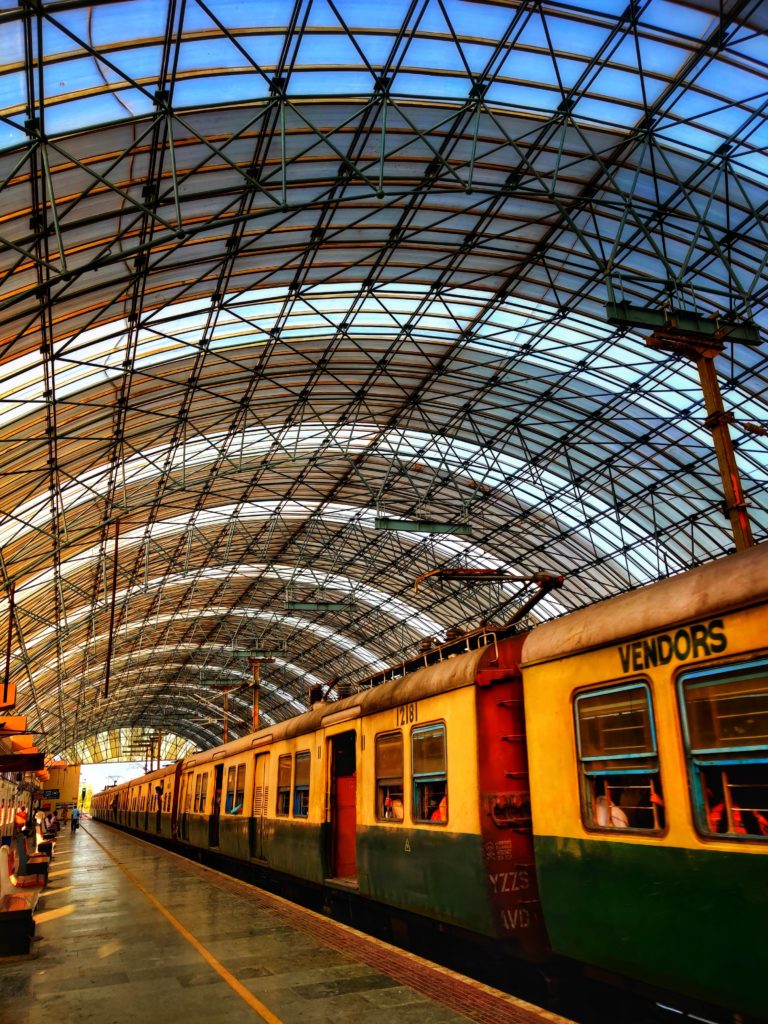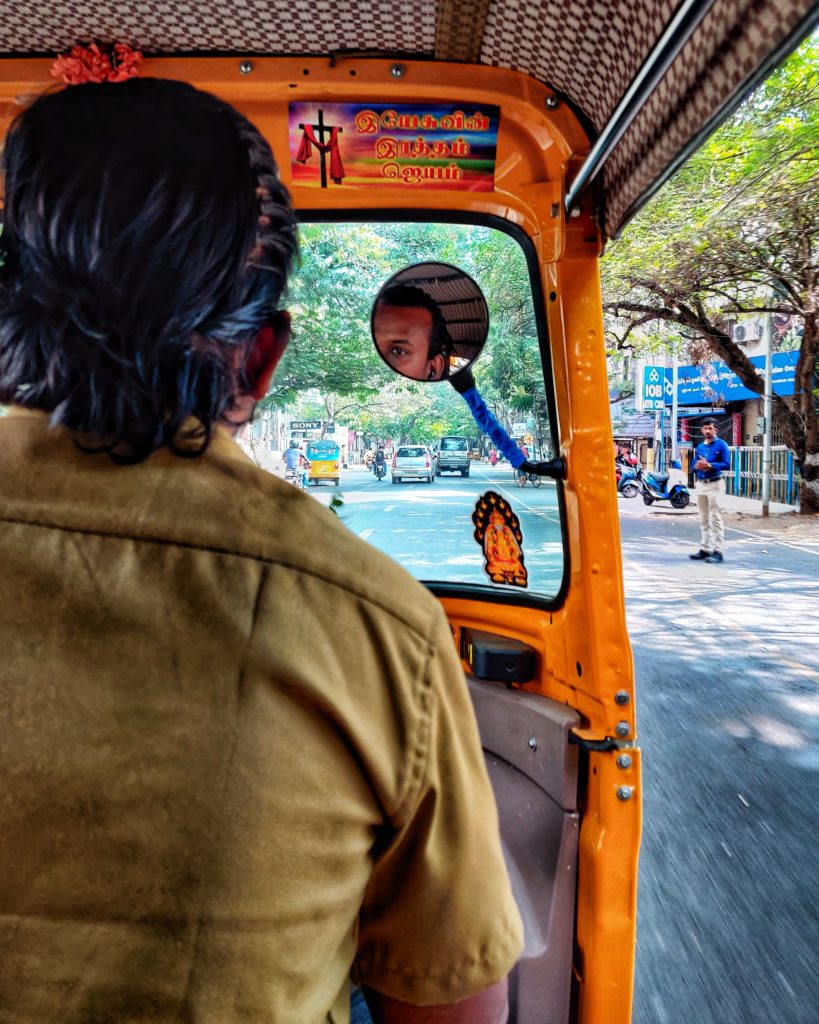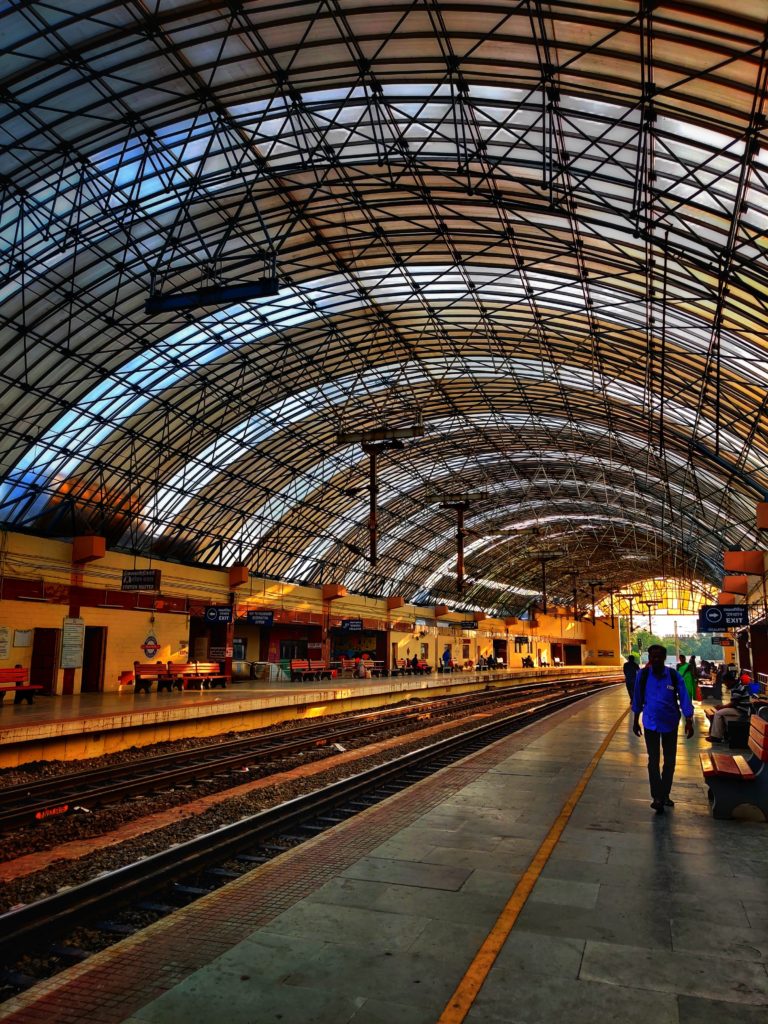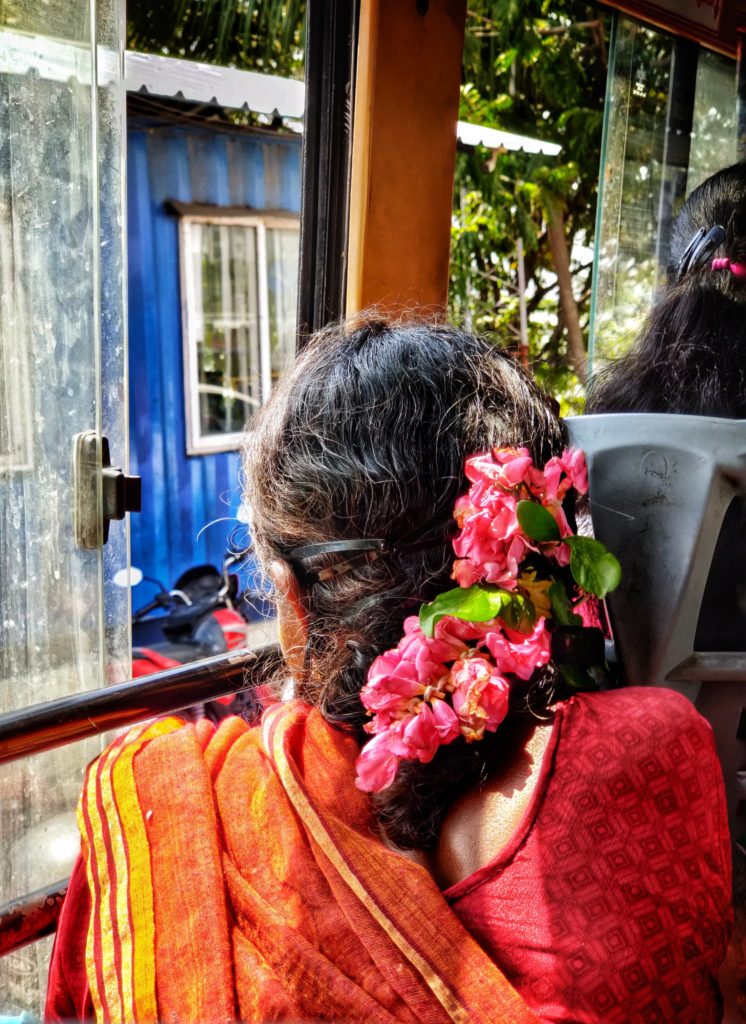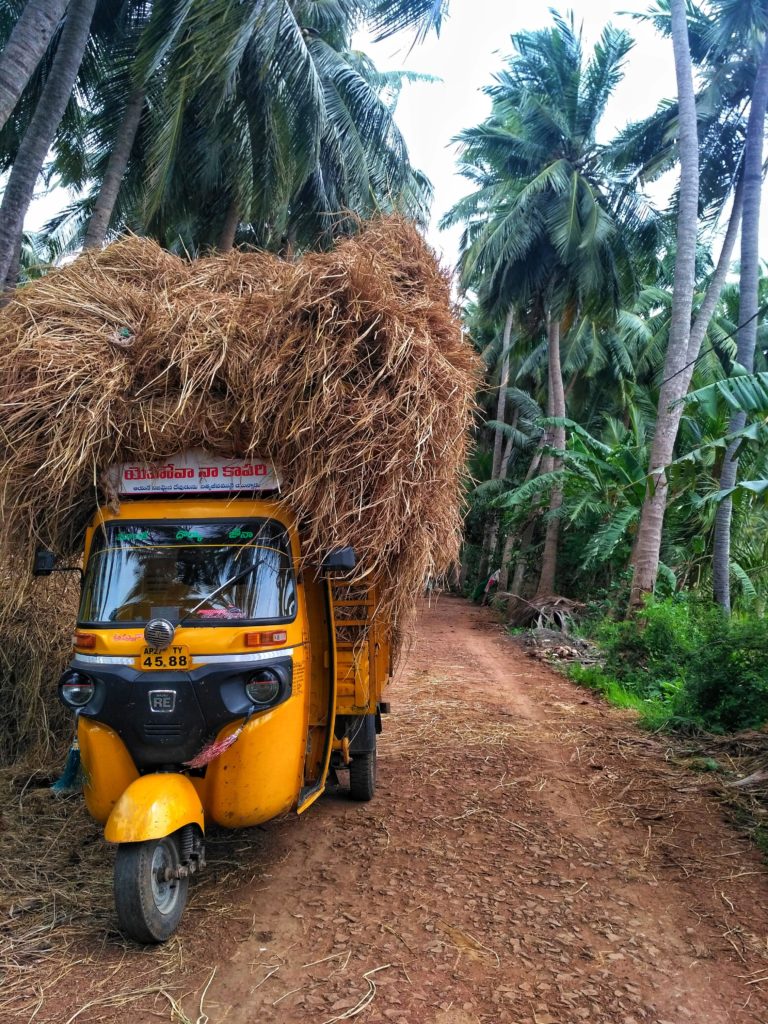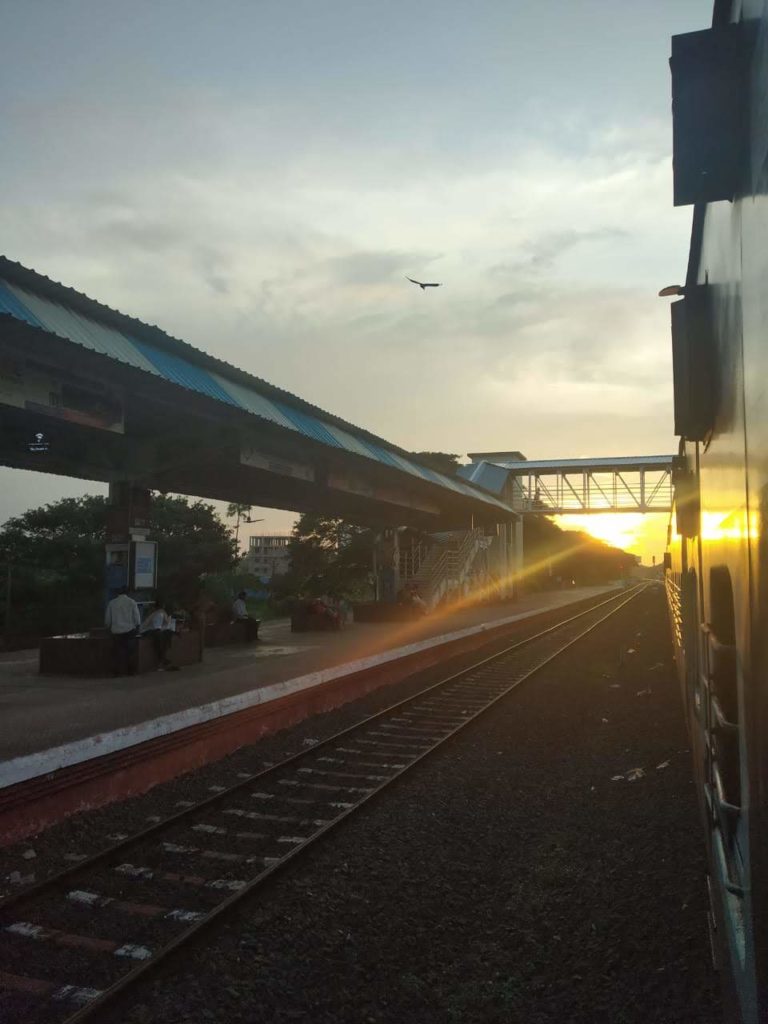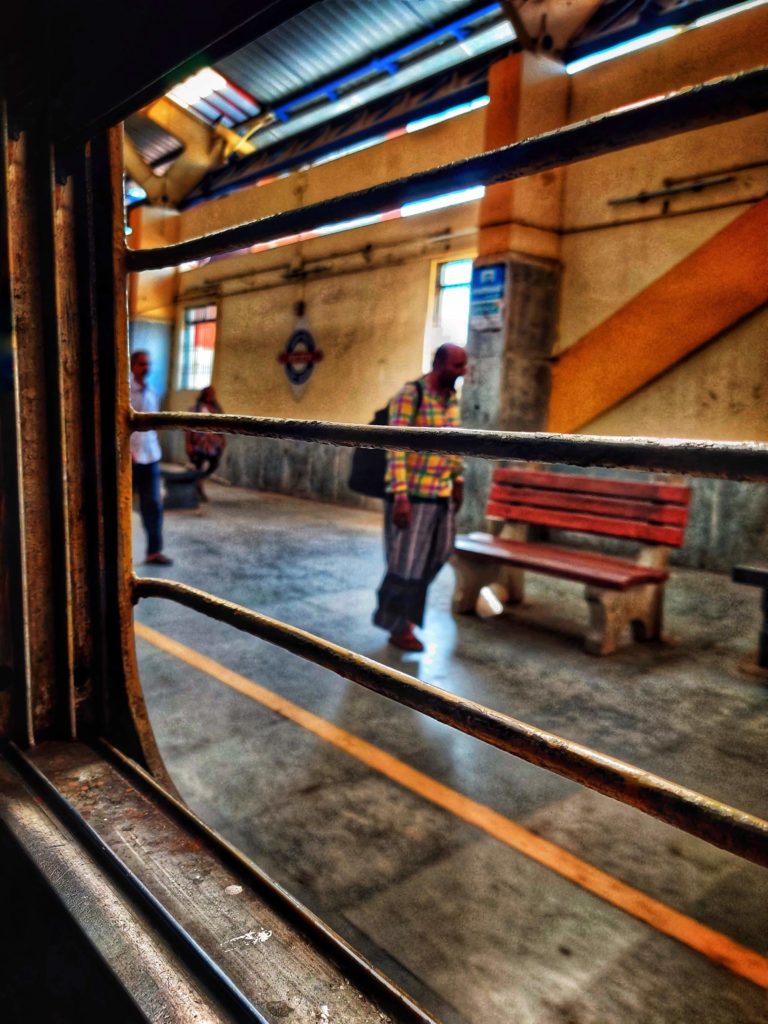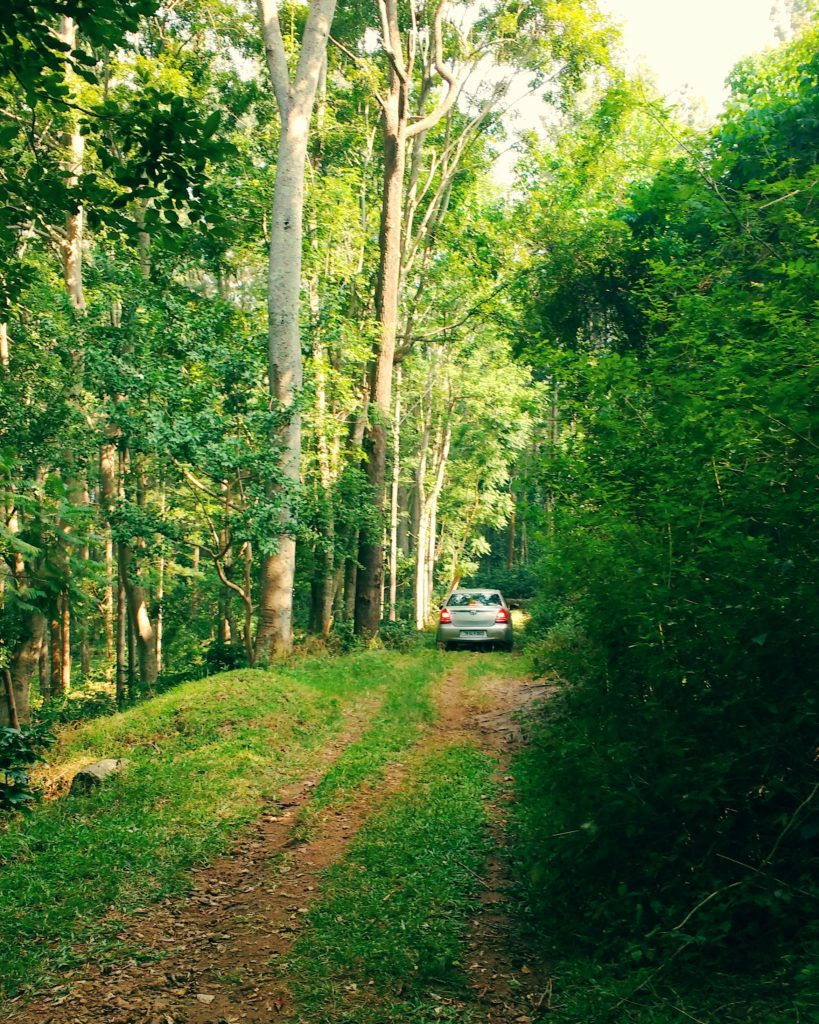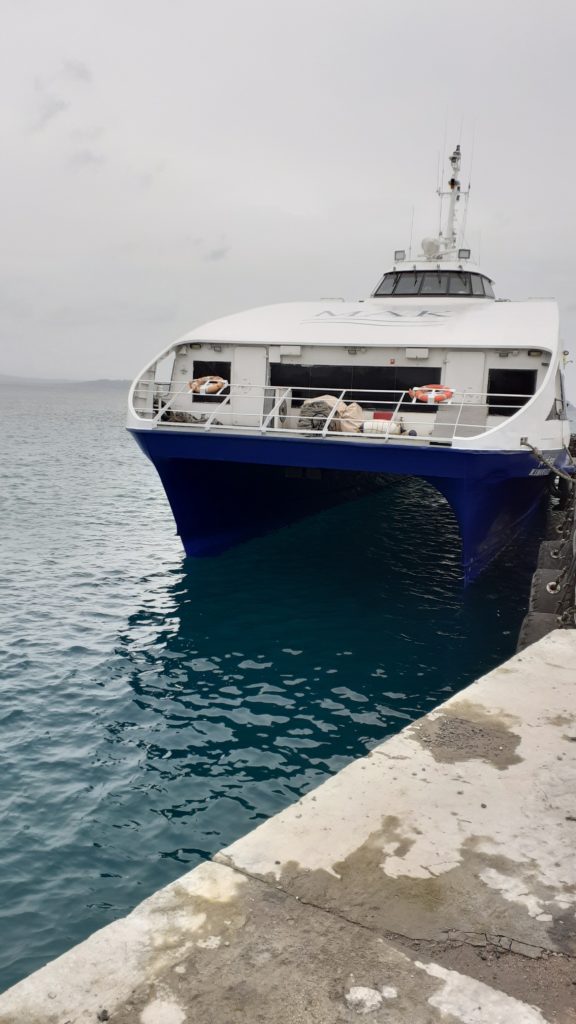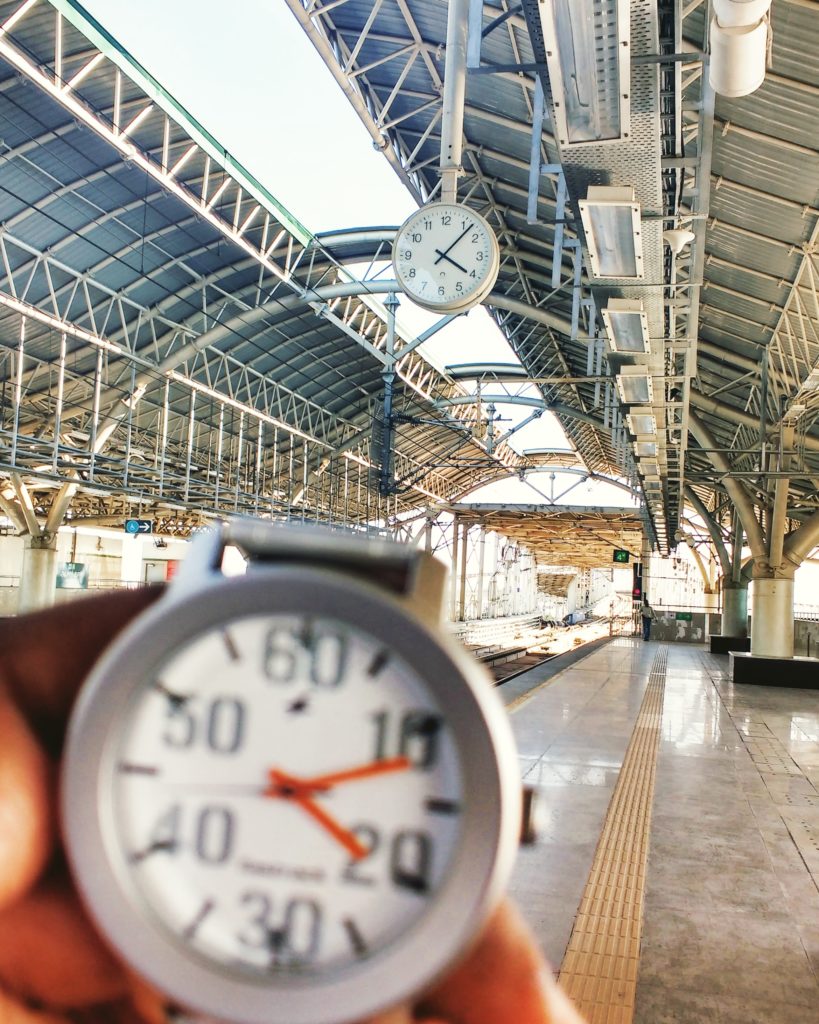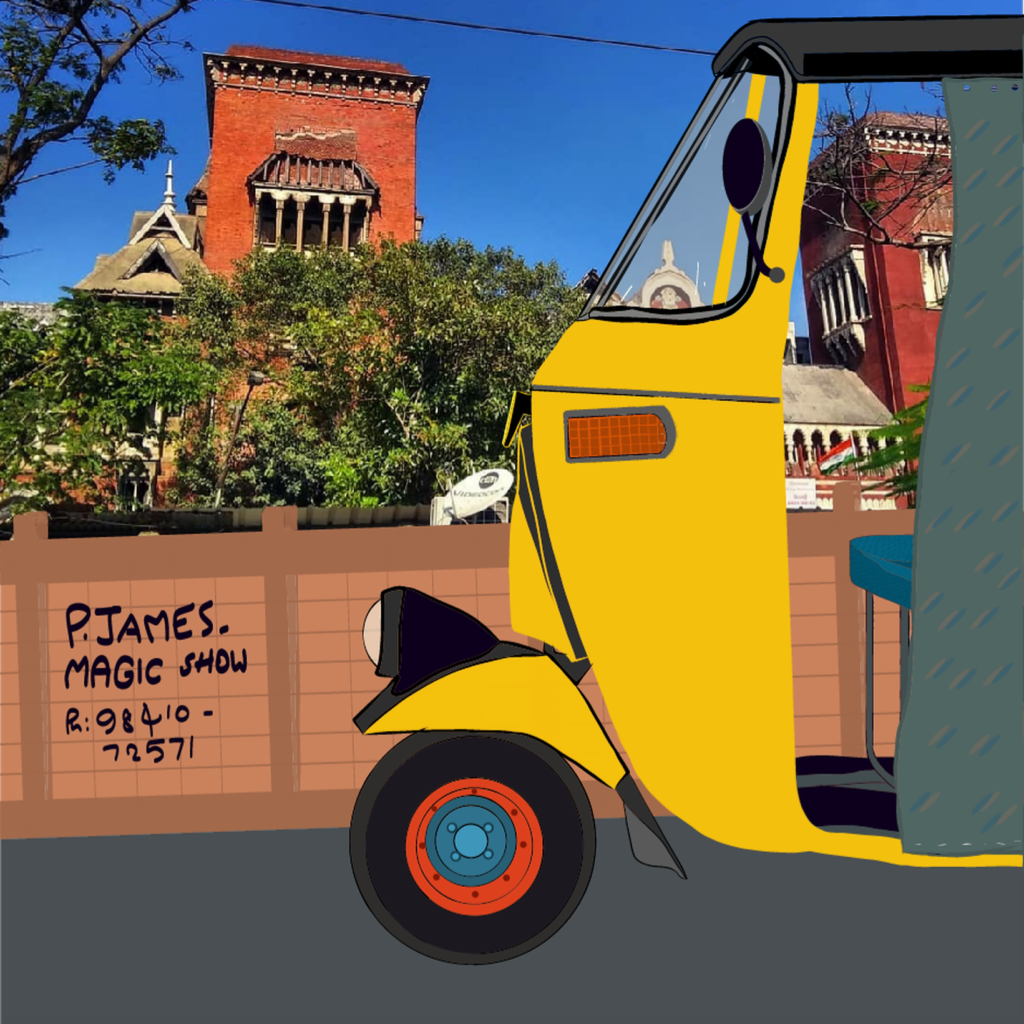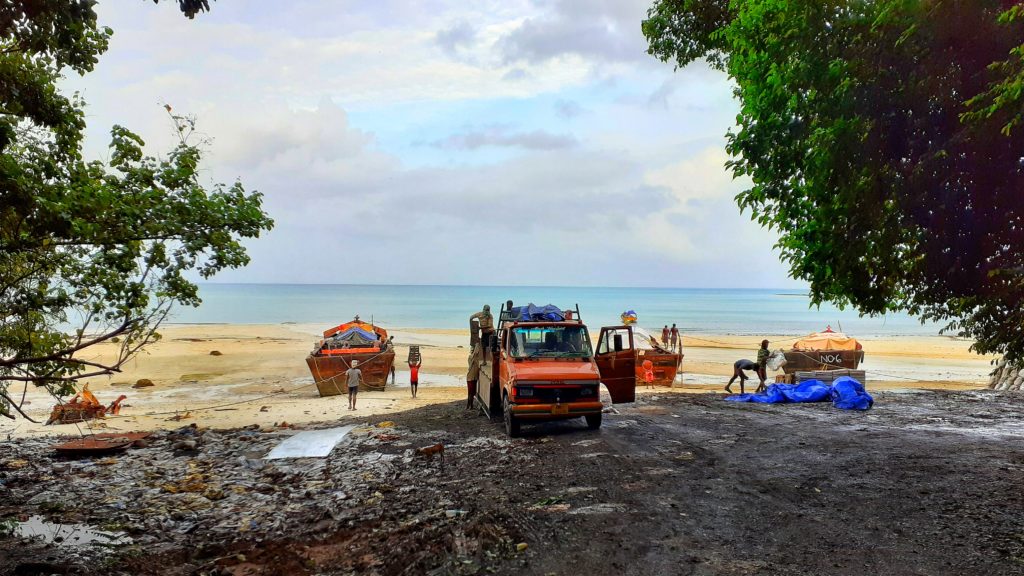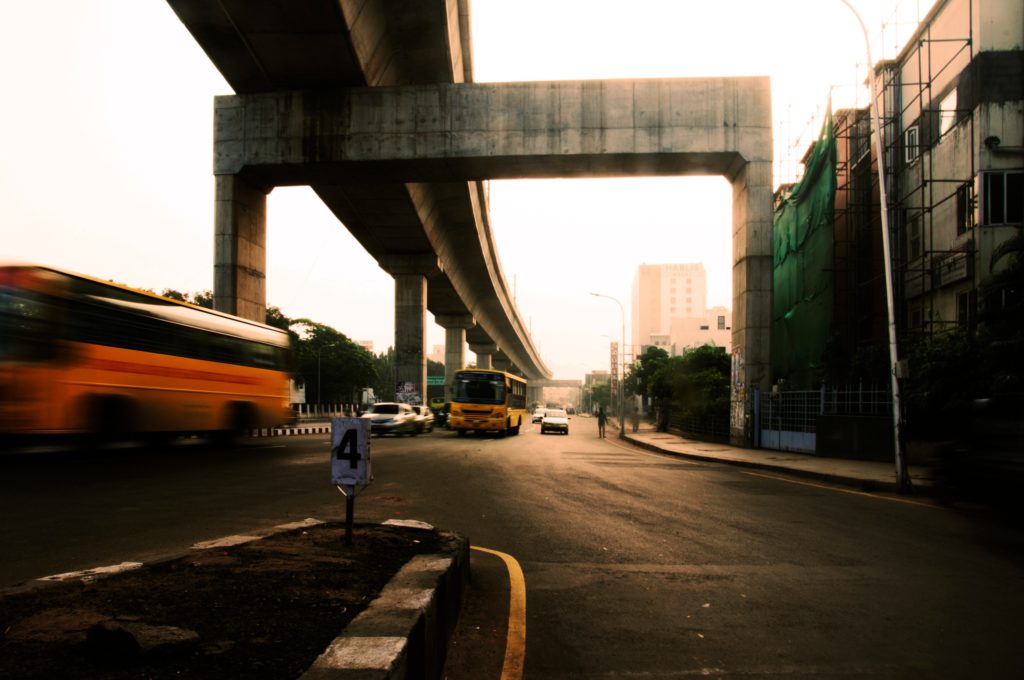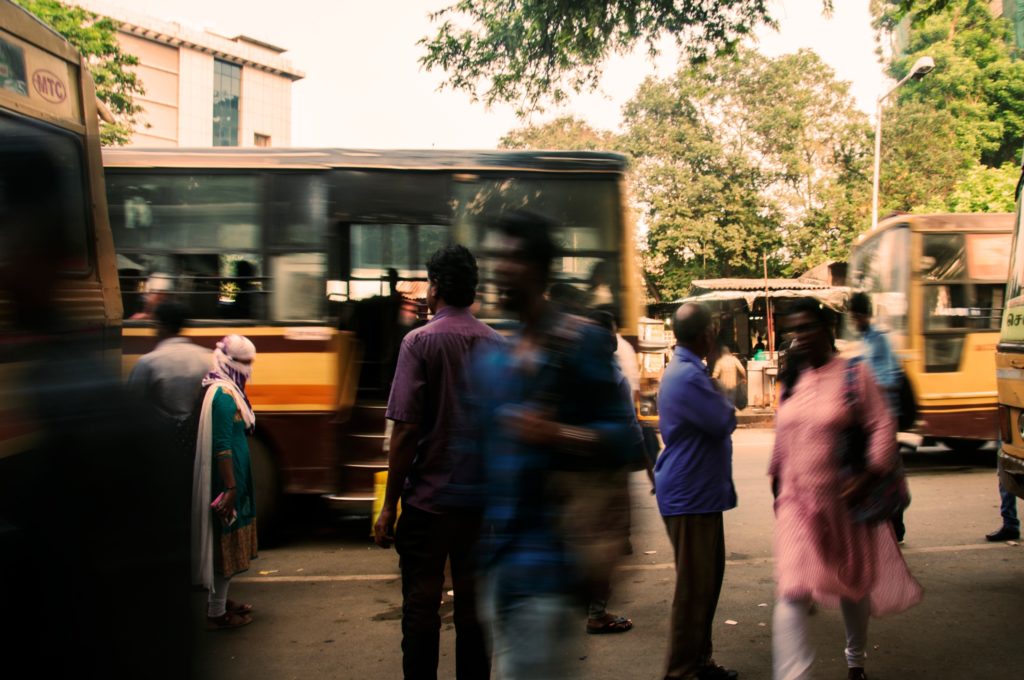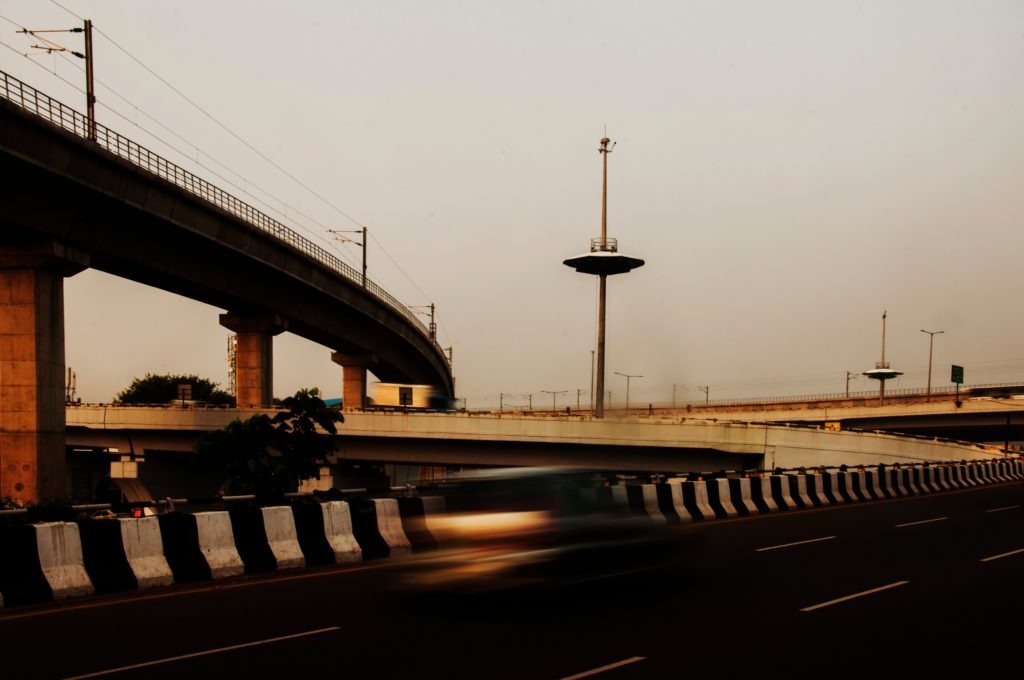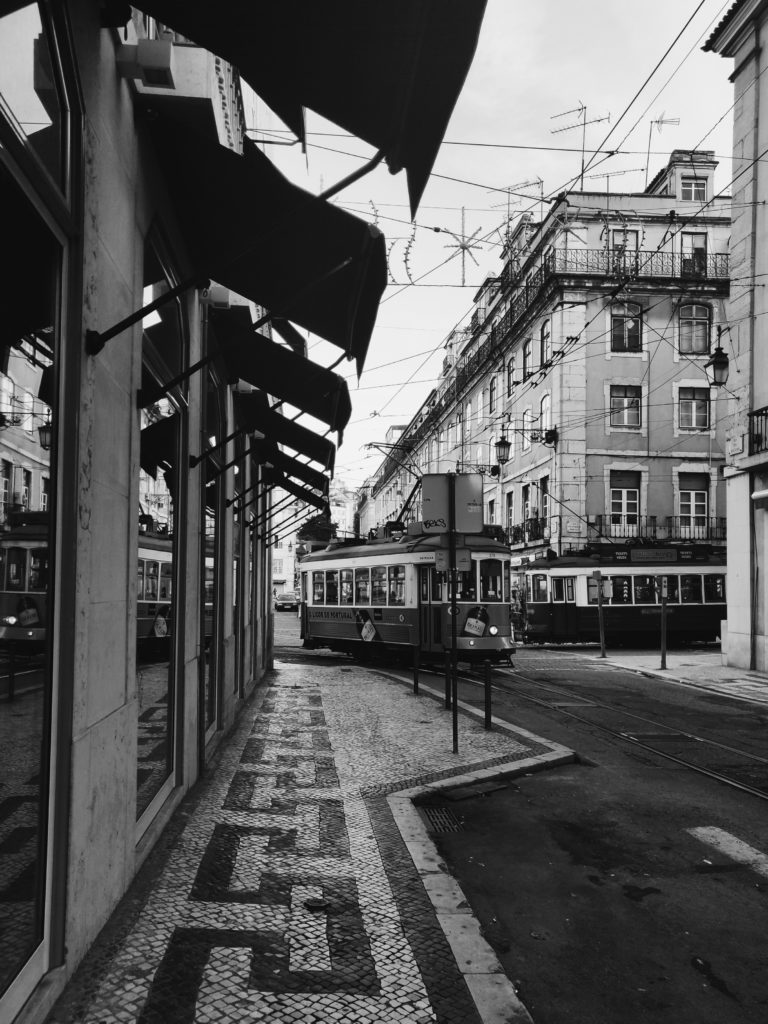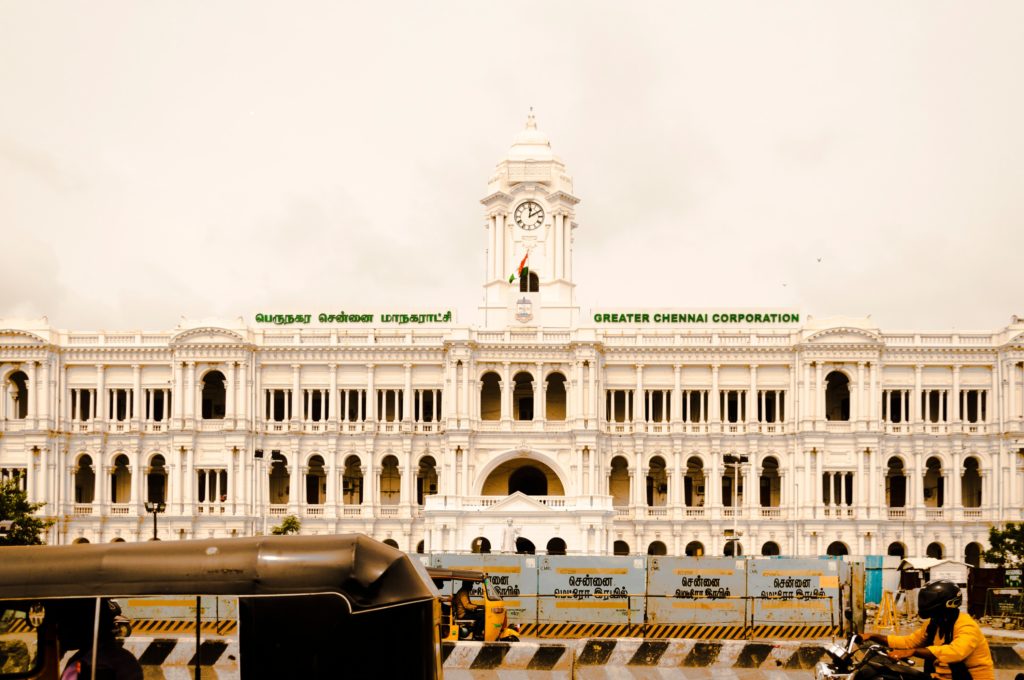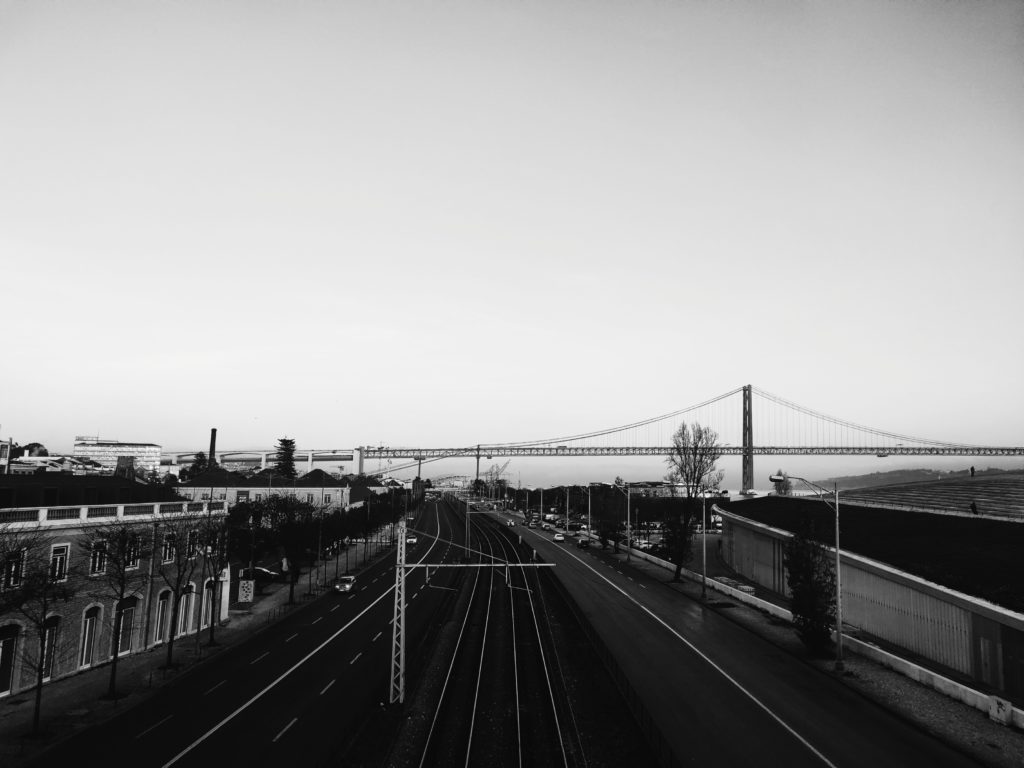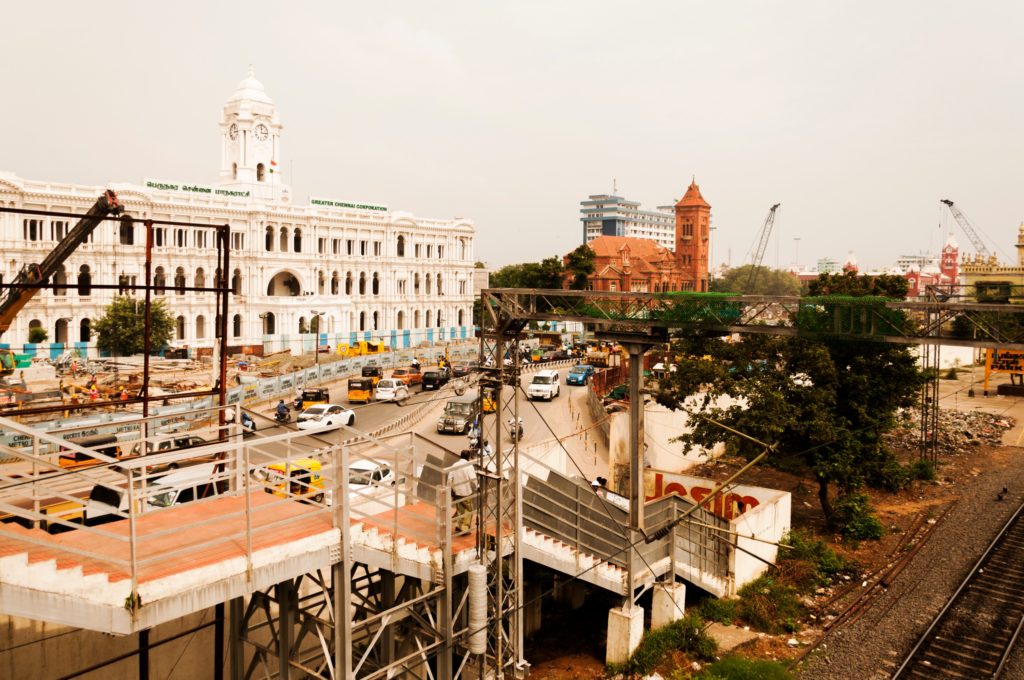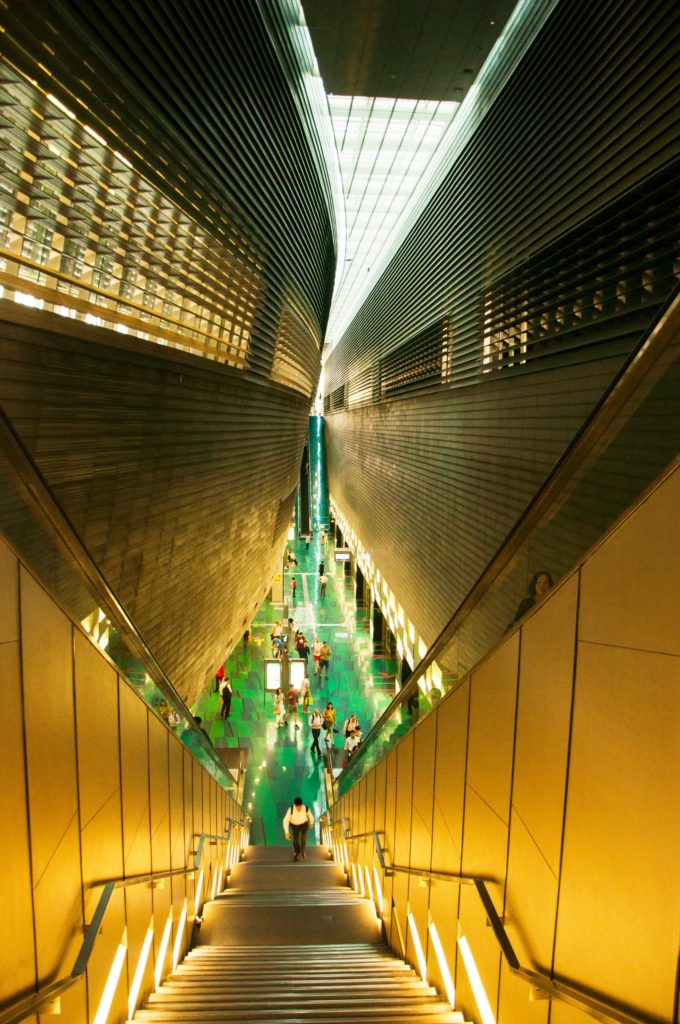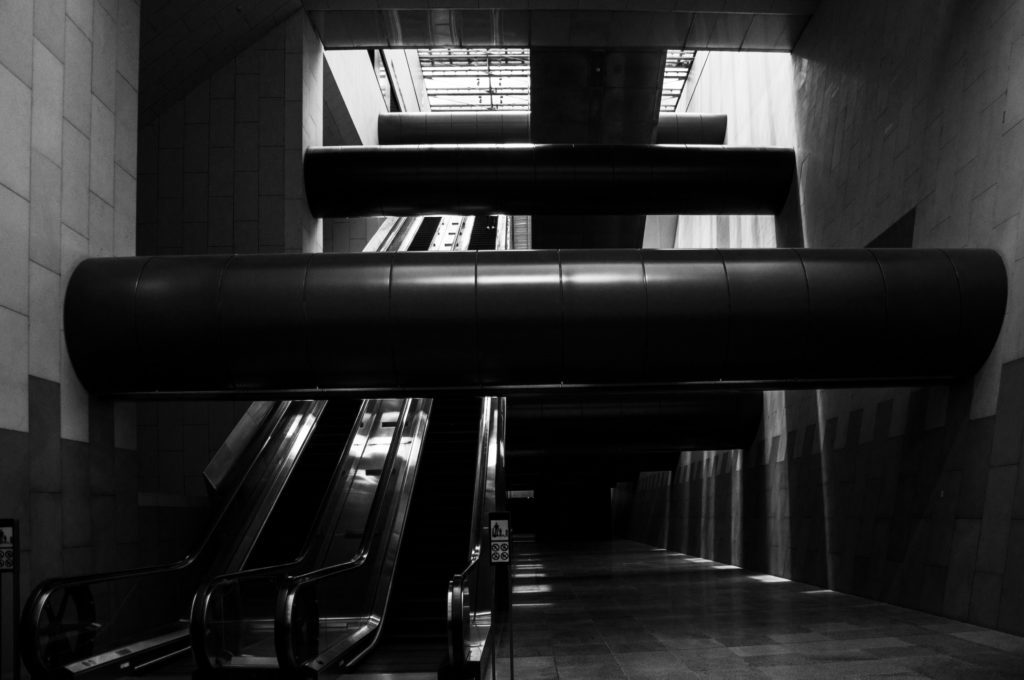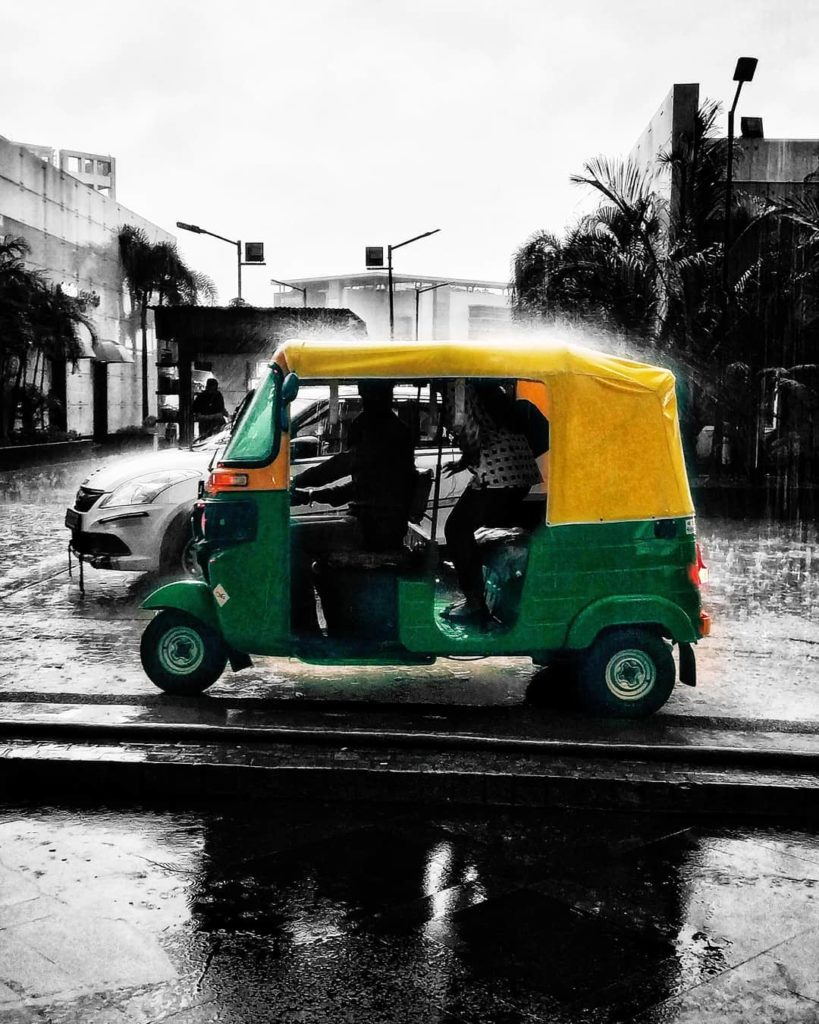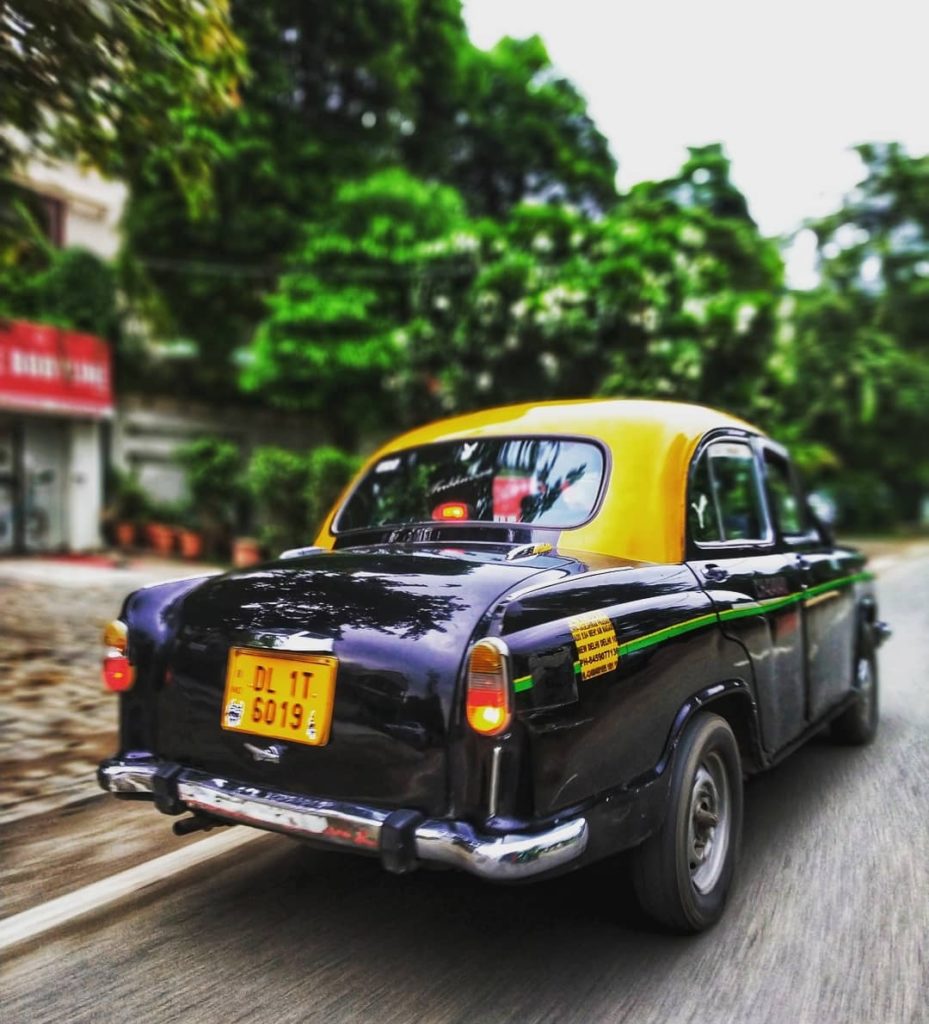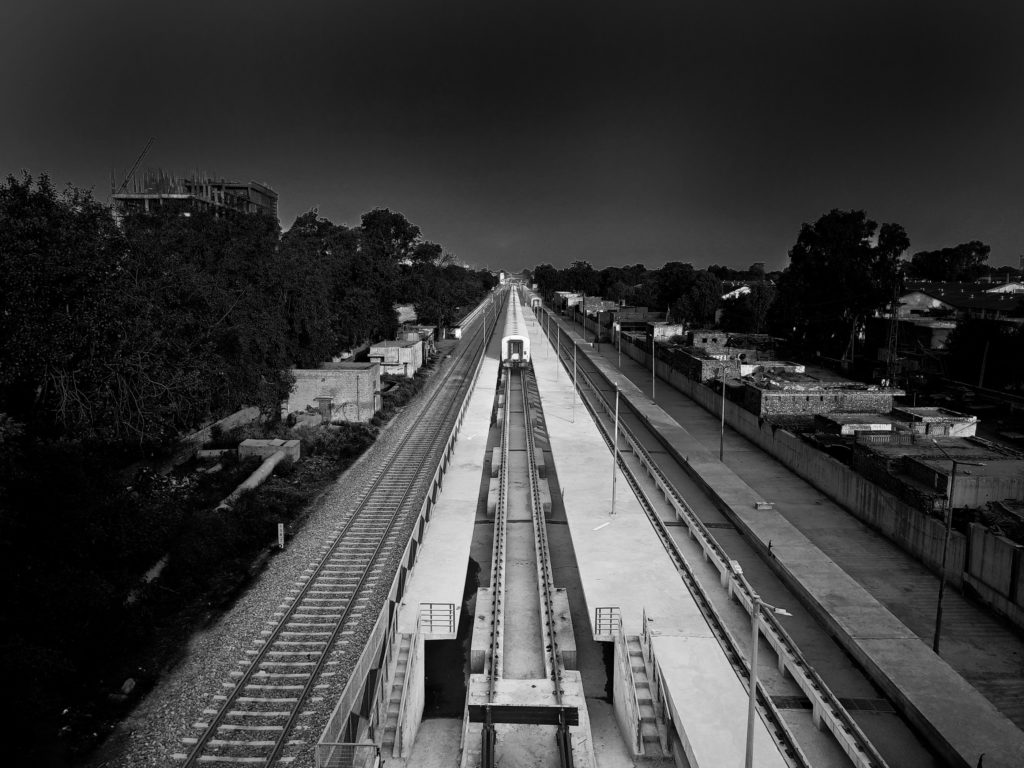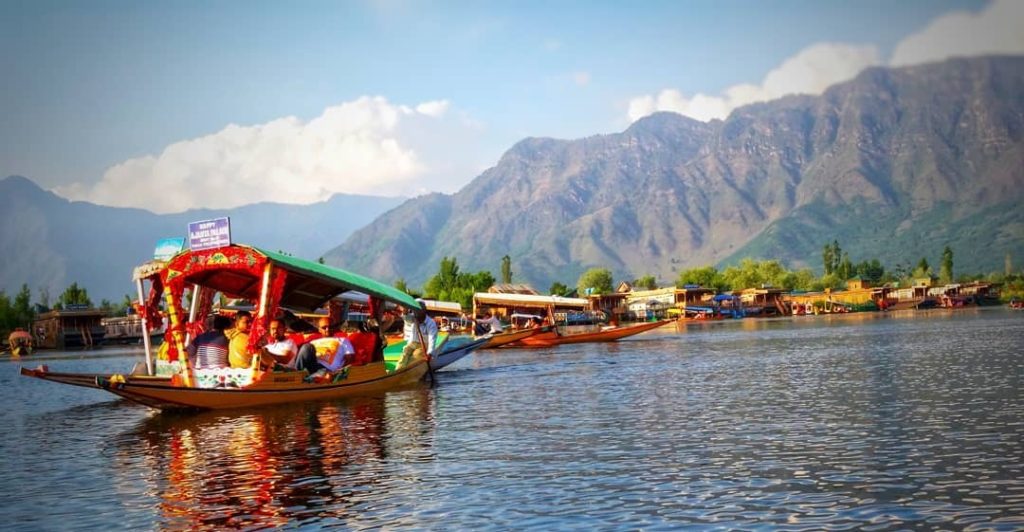Public transport has been one of the most hindered services during the lockdown, leaving millions of people across the country without a means of transport, thus, on 29th August CPB Prism announced an open call #TicketToRide in collaboration with Storytails.
This open call was a way of remembering, acknowledging, and celebrating the crucial role public transport plays in each of our lives. The submissions we received highlighted the value of public transit, from the trams in Lisbon to the metros in Noida, which we often forget to cherish in the hustle-bustle of everyday life. Storytrails shared interesting trivia about the means of transport featured in each entry, which helped us learn a little bit of history each day!
Check out these submissions shared by photographers across India!
Kicking off our series #TicketToRide a beautiful series of photographs by Pavan Missula @wannabeultrarunner who sent us these photos from Thiruvanmiyur and Palvalkkam!
“Lockdown restrictions, social distancing, and the need for following safety protocols have largely impacted the livelihood of auto-rickshaw drivers in the city. Usually, the drivers made around 20-25 trips per day, but the current situation has brought the number down considerably. Drivers at a local auto-stand said that they find it difficult currently to make trips like before, however, they are motivating each other and waiting in anticipation for potential customers to bounce back. It’s time we support them whenever we can.” StoryTrails tells us a little something about the history of these auto-rickshaws we find buzzing about our roads every day, “Urban transport service was underdeveloped during British times. After independence, freedom fighter NK Firodia, and businessman Kamalnayan Bajaj started a company (which later became Bajaj Auto) to manufacture three-wheeler passenger taxis. They reverse-engineered an Italian design, called it the Autorickshaw, and launched it around 1959. It became popular across India. Today India produces nearly one million autorickshaws and exports them to about 25 countries too. Bajaj Auto is the largest autorickshaw maker in the world.”
#TicketToRide with @shruti.parthasarathy.
“Train to Gokarna, this photograph was taken on the way to Gokarna. Just before reaching, I put my head close to the window grill, and this was what I saw. One of my fav pictures of all time. Another photo is from Satyajit Ray Film and Television Institute, Kolkata: One of the most used transport in Kolkata is the electric rickshaws, which is slowly replacing the hand-pulled ones. (SLOWLY, is the keyword here). This photograph is inside Satyajit Ray Film and Television Institute, where the rickshaw is entering to pick someone up. Kundapura: We were on our way to Gokarna, and the train halted at this station called Kundapura. We got down, to wail away time. While we spotted a puppy, and my group of friends got busy, that’s when I saw these two heads popping out of the window, looking for any updates on why we are waiting here. This photo remains one of my favorite pictures of all time. For the photo from the Kolkata Metro, it was a photograph that was taken on my first trip to Kolkata, on the metro. Fascinating how the metro here was both AC and Non – AC. What stuck about this photo for me was the shape and dynamic feel that we get, and see if the train as the train takes a turn. From inside the compartment, the perspective of a turned train/compartment with someone regularly taking this commute highlighted, was nice to see.”
@storytrails shared some interesting trivia with us! If history had been different, we would be celebrating the centenary of the Calcutta Metro now. The British government raised an underground metro rail proposal in 1919, but it was never approved. The idea was revived post-independence. Tunneling work started in 1972, and Calcutta got India’s first-ever Metro in 1984. In 2010 the Indian Railways took over the management of the Calcutta Metro. Till now, it is the only Metro operated by the Railways.
#TicketToRide with @poshaligoel.
Series Title: Laughter and Forgetting
“From the time spent on metro stations of Delhi. Home to delays pauses, and missing. ”
The photographs are from Preet Vihar Metro Station, Noida City Centre Metro Station, and Welcome Metro Station.
@storytrails shared some trivia about the Delhi Metro with us! “The Delhi Metro is the largest in India (10 lines, 285 stations, 389 km, 900 million riders per annum), and 10th largest in the world. It was built in 2002, under the leadership of Padma Vibhushan E.Sreedharan who had successfully carried out many challenging projects like the restoration of the Pamban Sea bridge, construction of the Konkan Railway, revitalization of the Cochin Shipyard, etc. It is considered a role model for other Metros in India.”
#TicketToRide with @hunar.daga
“These images were taken on my trip to Kolkata in 2017. I traveled all through the city by local transport like Trams, Metro, Yellow Taxi and Hand Pulled Rickshaws and it was a great experience. These pictures are from Bara Bazar, Kolkata and the Tram Route 24/29 : Tollygunge – Ballygunge”
@storytrails shared some interesting trivia with us about the stories behind these photos! For Indians of the early post-independence era, the Ambassador was THE aspirational car. The popular British car, Morris Oxford of 1956, was “Indianised” and produced in the Hindustan Motors factory from 1958. In over half a century, nearly a million cars were produced. Its final glory was in 2013 when it was selected as the World’s Best Taxi by TOP GEAR, Britain’s favorite automotive program. Ambassador stopped rolling out in 2014.
Inaugurated in 1902, Kolkatta’s Electric Tram service is the second oldest in India. The oldest was Madras (Chennai) which began running in 1895. In all, 9 Indian cities had a Tram service. By 1970 the techno-economic had environment changed: all of them, except Kolkatta, was shut down. Tram was so much a part of Kolkatta’s heritage, that it refused to die! It is cheap too: the maximum fare is just Rs.7 on any line.
#TicketToRide with @hormoz.works
“Images of public transport (metro) in Paris, France, and New York, USA. The Paris photograph was shot on line 8 of the metro at the station La Tour-Maubourg. It is a documentation about this frequent journey when I went and visited my parents, crossing the whole city. Late evening once a month. The New York subway images are all shot in the afternoon when I took the subway from Queens to Manhattan. The lines concerned were E and F, but I cannot recall the exact stations or between stations.
I lived in Queens and had to go to Manhattan every day visiting a friend in the hospital. I wanted to show in these pictures how people get in a sort of altered state in public transportation.”
@storytrails shared some interesting trivia with us too! “Mayor McClellan inaugurated the New York Subway Train in October 1904. He was so thrilled that he refused to hand over the Driver’s controls for nearly 15 minutes. New York is not the oldest Subway; the London Underground that goes to London (1863). Although it carries 4.5 million passengers every day, it is neither the longest nor the most used network. But it has the greatest number of stations, 468, of which three-fifths are underground.”
#TicketToRide with (@faquihshahrukh)
“At Jalahalli airforce station, I boarded the bus at Atur Layout and was heading to Peenya Industrial Area.
As an exploration experiment, I wanted to try out to take a bus to an unknown destination and explore it through the day and return. So I randomly got on to a bus and asked the conductor to give a ticket to the last stop, I had only a 100 rupee note on me then I was surprised to see the conductor with a different denomination of money. At Jakkur airstrip, soon after I got off at the Yelahank bus stop and walked to the next NES bus stop and before boarding a bus to Ananthapura Gate The metal bar on most of the BMTC buses hindered my vision, It always obstructed my view and I had to bend under to see the stops approaching. I wondered always about the design flaw. This stainless steel band was the reason I got this photograph. I still wonder about the functionality of the band on the buses. G-9 plies from the 5th Phase bus stop in Yelahanka New town to the MG Road Metro Station (Photograph was taken somewhere near Mekhri Circle) As I peered out of my window of the BMTC G-9 bus he peered right back at me through his window. We acknowledged the presence of each other and I took this photo moments before our respective vehicles parted ways in the opposite direction. I traveled extensively throughout Bangalore and even used the BMTC services to travel interstate. I had some official work and required to go to the head office in Shantinagar. I saw this fancy glass building and I couldn’t restrain myself from taking this photograph.”
@storytrails shared some trivia about the Bangalore Transport Service with us! “The Bangalore Transport Service (BTS) was made famous by its former bus-conductor: Superstar Rajnikanth! In 1997 BTS was reorganized as Bengaluru Metropolitan Transport Corporation (BMTC). Today it is famous for a different reason. It is the largest metropolitan bus service in India. It has over 6400 buses that carry nearly 5 million passengers.”
#TicketToRide with @talesbysneha
At Sholinganallur, Chennai, the lady, and her flowers. This caught my interest when I was traveling on a bus. Have you noticed, on our way to reach work, we find many people running along with us in this busy world? This one time when I was feeling low and traveling by bus, a stranger smiled at me for no reason and she was showing me a vacant seat to go and sit. I don’t know why but somehow when she did that I felt good as if her smile was therapy. At the Thirumayilai railway station, Chennai, I was always fascinated by train journeys, it shows the different stories of the world altogether. Though it runs at a fast pace, the windows give us a small glimpse of the beauty outside. Carrying lots of people, lots of mindsets, lots of chaos, and lots of stories within it. Another one of the photos was captured at Tatipaka, Andhra Pradesh, this picture was taken when we went on a trip to one of my friend’s hometown. This made me realize that the simplest things in our life always make us happy, I was so happy after clicking this image because I captured the correct frame as it was my initial days of learning photography.
@storytrails shared some trivia with us too! “The first Indian railway line was the Red Hill Railway of 1837, which carried stones from the Red Hills quarries to Chennai. The earliest passenger service was the Bombay-Thane line of 1853. Neither line has survived. But three mountain railways, laid during 1881-1908 – Darjeeling, Shimla, and Nilgiris -survived. They are UNESCO heritage sites now. India Railways is the 4th longest railway line network in the world and the 4th largest carrier of passengers.”
“Urban transport service was underdeveloped during British times. After independence, freedom
fighter NK Firodia and businessman Kamalnayan Bajaj started a company (which later became Bajaj
Auto) to manufacture three-wheeler passenger taxis. They reverse-engineered an Italian design,
called it the Autorickshaw, and launched it around 1959. It became popular across India. Today India
produces nearly one million autorickshaws and exports them to about 25 countries too. Bajaj Auto is
the largest autorickshaw maker in the world.”
#TicketToRide with @shiva_clicks_it
The photo was taken on February 28, 2018, and I drew the illustration of an auto and mixed with the image on August 29, 2020, as a tribute for ‘Madras Day.’ Anotrher photograoh was taken at the Chennai Alandur Metro Station, while waiting to meet my soon-to-be wife for the second time. The other two at
Neel Island Andaman and Havelock Island Andaman.
Some trivia about the Chennai Metro by @storytrails, the Chennai Metro is a rapid transit system serving the city of Chennai, Tamil Nadu, India. It is the third-largest metro system in India after Delhi Metro and Hyderabad Metro. As of November 2019, about 121,000 people use the service on a daily basis.
#TicketToRide from @snekyviv
The first three photographs are from Kathipara, Guindy, Chennai: Taken while doing an urban study of the Guindy area. Iconic to Madras.
I don’t typically do ‘touristy’ things while I travel and always have a checklist to check out my favourite architects’ work. But passing by the infamous tram 28 in Lisbon from the 1930’s, hearing it rumble its way up a slope, I made an exception and waited in line for 1.5 hours to get in! With no space to move or breathe, looking back, I’m just glad COVID wasn’t a thing then! Additionally, Gare De Orient, designed by one of my favourite architects Santiago Calatrava is a multi-modal transport hub. This image shows the glass and metal latticework. Coming to Chennai, our black and yellow autos are what the kali-peeli is to Bombay. Any urban scene is incomplete without them. The background of an iconic structure, with the autos we so love is made much more interesting by the man on the bike dressed exactly like…an auto!
The Chennai Central area is one that’s unmatched in terms of sheer footfall for it’s public transport: The Chennai central railway station, the suburban railway complex, Park station, Park town station, auto stands, taxi stands, bus stops, metro, people running to change their mode of transport, the area has it all. This image aims to encapsulate all the elements and structures that house all that chaos inside. There are two photos from the MRT, Singapore, no city can beat Singapore in terms of infrastructure for it’s public transport.
The last entry for #TicketToRide by @pchallucinatn.
The photo from Dal lake is a special photo of my visit to Kashmir. With the shikara in the view, the beautiful backdrop, and the serene Dal it makes for the perfect photo. In Kashmir they use shikara as a mode of transport for going to the vegetable market, to tailor shops that amazed me.
Two pictures are from Gurgaon (Haryana). I was just going in my car and saw this black and yellow ambassador taxi. I am a huge fan of vintage vibes. These taxies have reduced in number because of OLA and UBER and are such a rare sight in Gurgaon. So was very excited to see this plus the weather and greenery around gave it such a beautiful backdrop. Another one is from just outside my office building. It was the monsoon season when it was raining so hard that evening and I was waiting for my auto. This was a colored picture that I converted to a semi-black and white photo because I love the yellow and green color and how the rain was falling on the roof of the auto.
StoryTrails shared some interesting trivia with us too. Kashmir Boats, The 22 Sq. Km Dal lake in Kashmir is known for its beautiful boats called Shikaras. They look delicate, but they are actually hardy. For ages, Kashmiris have been doing every conceivable thing on them: fishing, de-weeding, selling wares, transporting tourists, and… indeed living in them. The boats are made of water-resistant Deodar logs, which are fastened by nails and tongs driven when they are red hot. Finally, a special poplar seed paste seals all gaps.
We can’t thank you enough for submitting, and we hope to hear from you again at the earliest opportunity possible!

